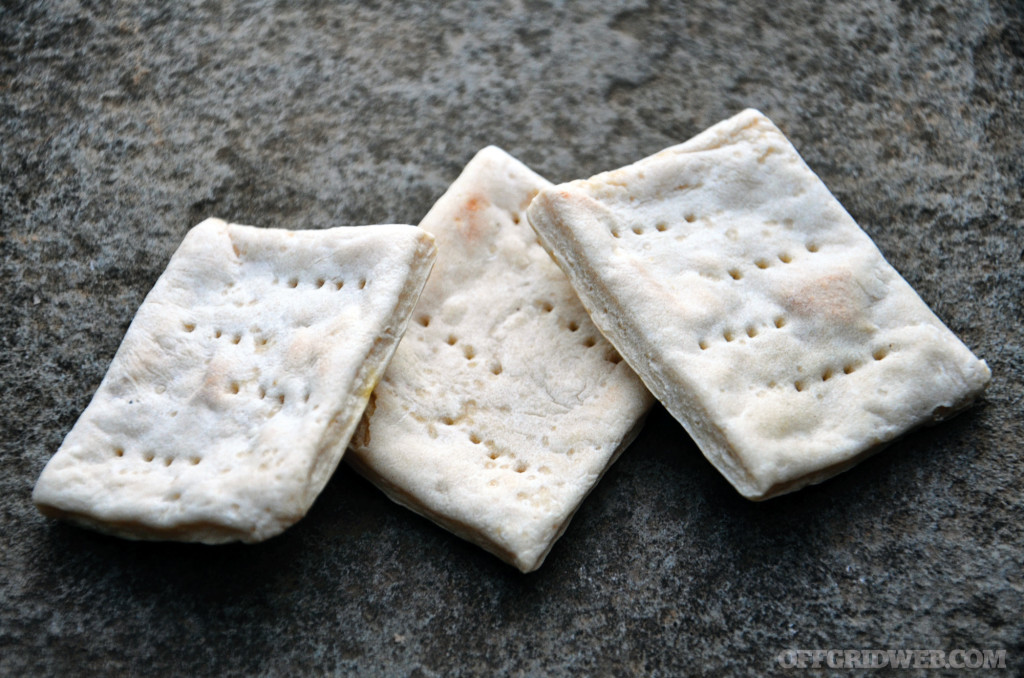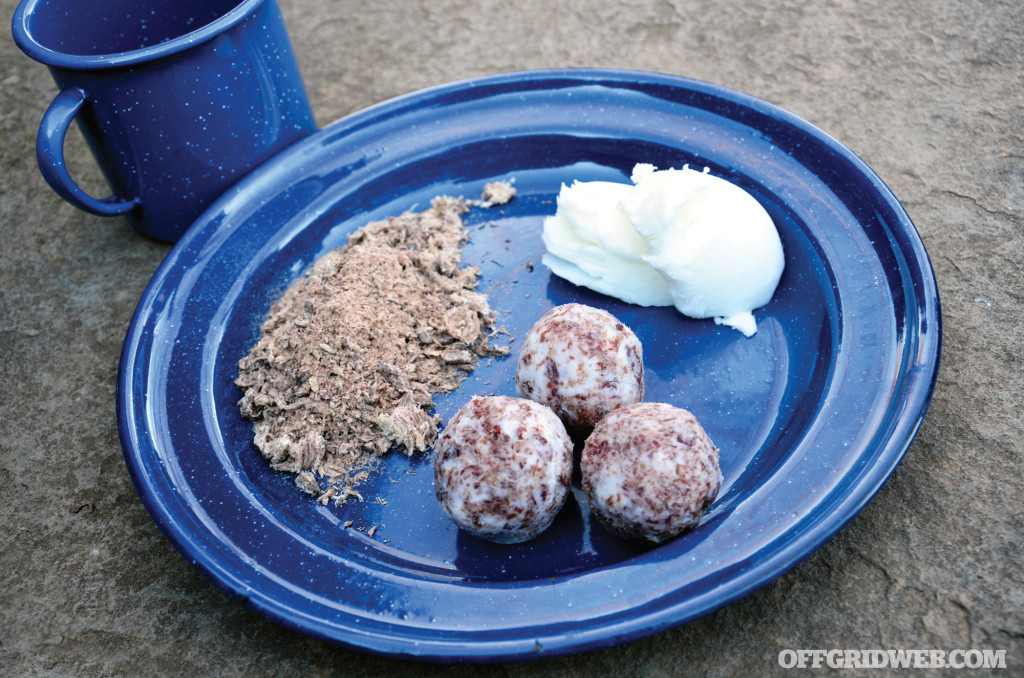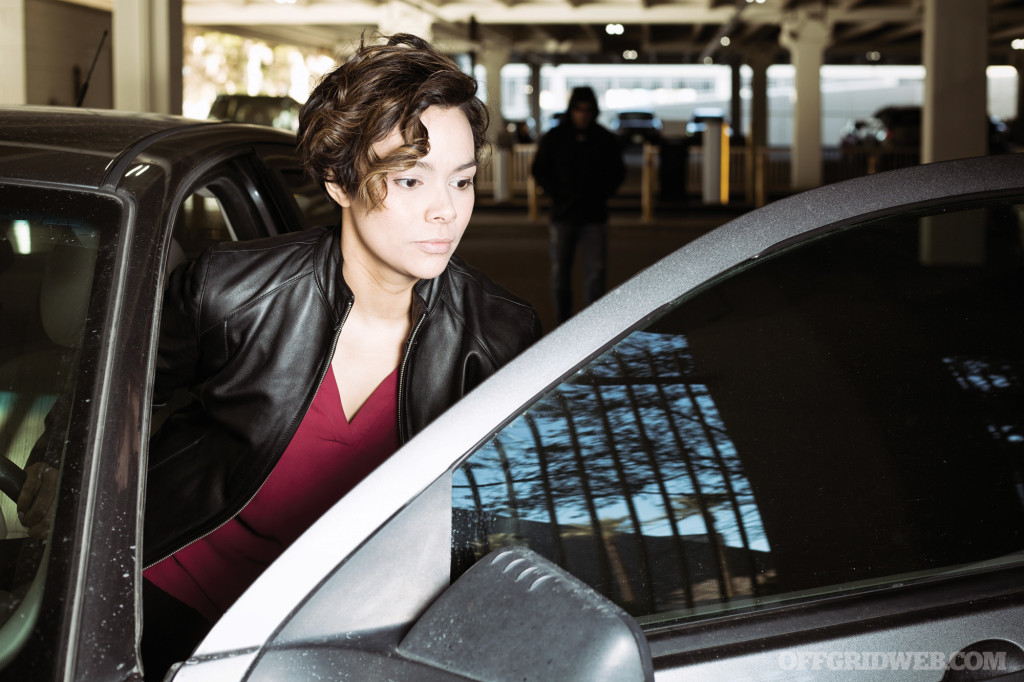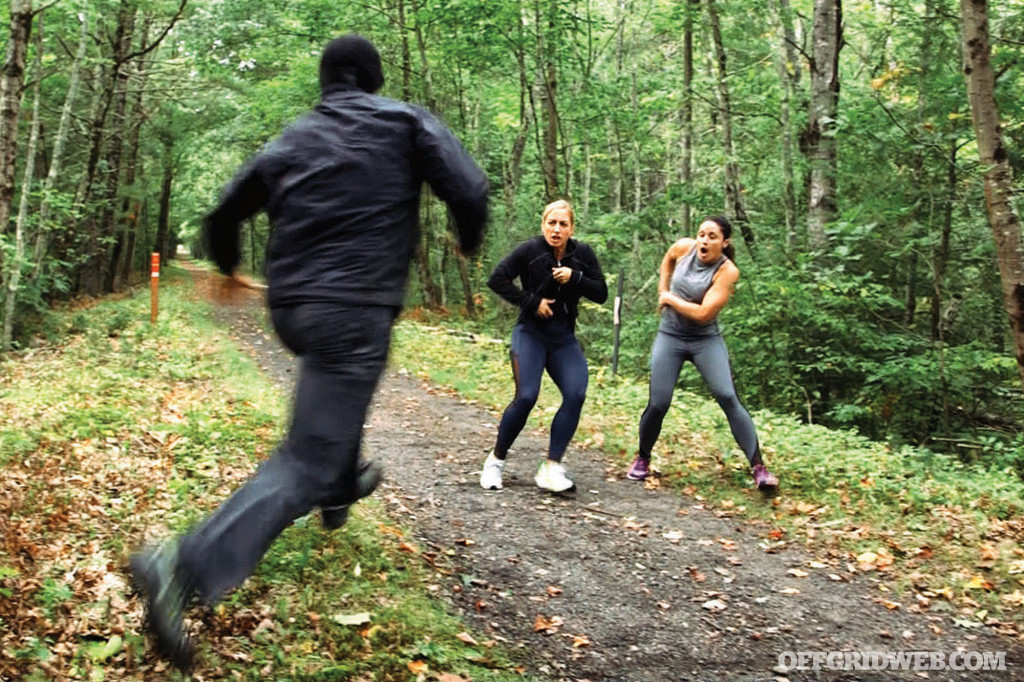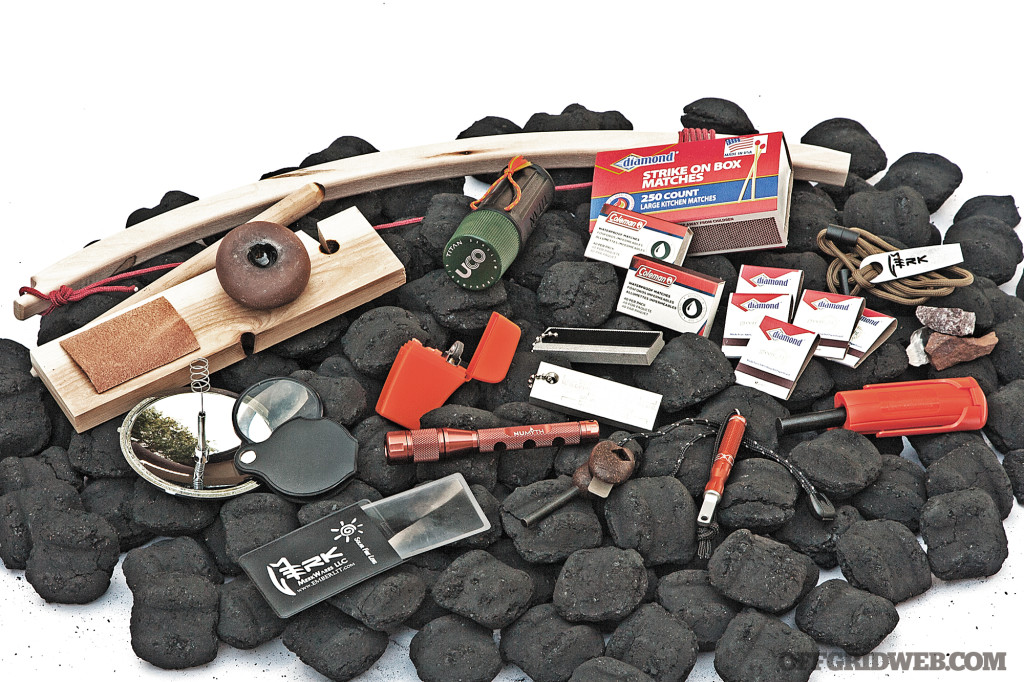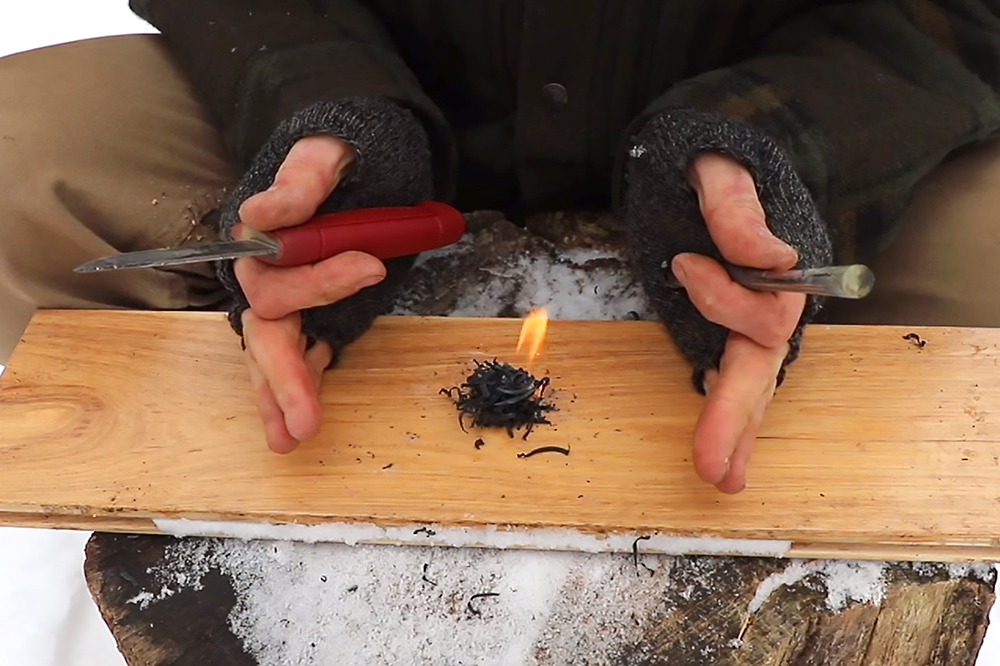Illustrations by Cassandra Dale
You’re in that state between waking and dreaming, where you’re not quite sure if what you heard was imagined or not. It’s approximately 3 in the morning, and someone just entered your room. Since you’re spending the night at your friend Paula’s house, perhaps she’s looking for something. But at this hour? This doesn’t make sense. As you open your eyes and the blurriness fades away, you hear something that sounds strangely like duct tape being unrolled. Your heart rate begins to race as you realize whoever is in the room with you isn’t Paula at all. It’s someone who shouldn’t be in the house.
As you turn your head to get a better look at the situation, the stranger realizes you’re beginning to wake up. The man immediately jumps on top of you and covers your mouth with his hand. In a low, threatening voice he growls, “Shut up! Make a sound and you’re dead!” Overcome with the immediate shock of what’s happening, you fear for not only your life, but Paula’s as well.
You’re turned over on your stomach, your mouth and eyes are covered with tape, and your wrists are bound behind your back. You have a knife in your purse, only a few feet away from you. If only you could reach it, you’d have a better chance at escaping your unknown assailant. Whatever their intentions are, you’re not sure at this point. You adjust your breathing to try to dampen the feelings of panic and think clearly about how to free yourself. You may only have a few minutes to live — or maybe they just want to immobilize you so they can rob the place. There’s no way to be sure at this point. Every decision you make could determine whether you survive or not.

In this issue’s What If? column, we look at a topic that’s often in the back of people’s minds — an aggressive home intruder with unknown intentions that could be kidnapping, abduction, or worse. While we often see these incidents reported in the media, we find that they’re accompanied by little, if any, information about what you can do if ever faced with a similar situation to improve your odds of survival. We plan to change that here, with feedback from two of our writers on what they’d do to sway the given scenario in their favor. We asked Morgan Rogue of RoguePreparedness.com and firearms instructor Sheena Green to offer guidance to help you think through some possible ways to turn victimization into victory.
The Setup
It’s a Friday night, and you drive over to your friend Paula’s new house to deliver a housewarming gift and catch up on things. Paula tells you she just recently rented out her detached guesthouse in the back to a male colleague at her work, but that he isn’t currently home. She asks you if you can spend the night since she’s not sure when he’s coming back. Paula’s husband is also out of town, and her new tenant has lately been bringing over a bunch of male friends who stay up past midnight partying. As a result, she’s thinking about evicting him. You’ve known Paula for years and trust her judgment as far as roommate selection, so you can understand her concern. As you’ve spent many a late night talking with Paula over the years, you decide to spend the night in her guest room, located next to Paula’s room, so she feels a bit safer.
The Scenario
Situation Type
A friend’s house
Your Crew
You and your friend Paula
Location
Your hometown
Season
Winter
Weather
Rainy; high 47 degrees F, low 39 degrees F
The Complication
You awaken on your stomach in the middle of the night to the sound of tape being unwrapped. As you try to roll over, someone hops over you and pushes one of their knees into your back with great force, wrapping a length of tape around your eyes and head. The attacker says if you shout or try to escape, he’ll kill you. He then proceeds to bind your wrists tightly together behind your back with duct tape. At this point, you don’t know if this is the roommate Paula mentioned, one of his friends, or a random intruder. You don’t know if he’s alone or if there are multiple accomplices in the house. You also don’t know if this person has a weapon, what their motive is, or if Paula is even still alive.
Through a gap in the tape and outside light peering through the window, you can make out certain features about your assailant in the reflection of a large mirror on the closet door. You can’t yet see a weapon in his hands, but that doesn’t mean he doesn’t have one. Also, the intruder isn’t wearing a mask. They’re also the only other person in the room at this point. You see your purse right where you left it, about 3 feet from you. It contains a folding knife. Your cell phone is still charging on the nightstand next to you and is within arm’s reach — or would be, if your hands weren’t bound. Your legs aren’t yet bound. What do you do? Scream for help? Use social engineering to talk your way out of it? Remain compliant and hope it influences him to spare you? Try to discreetly break your restraints and escape? Fight your way out?
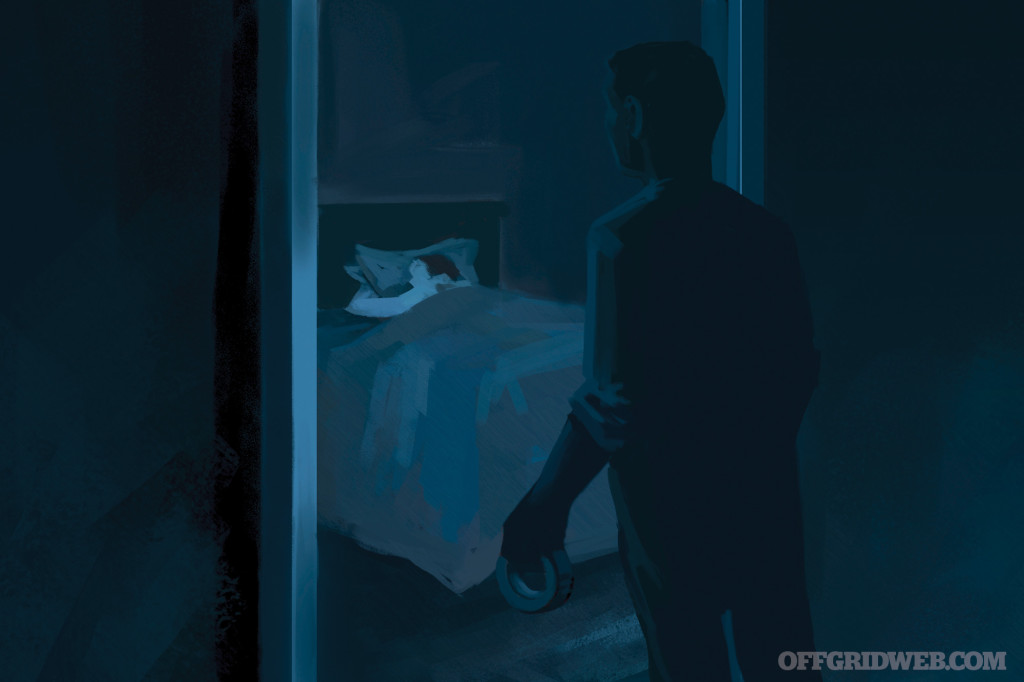
Survival Advocate “Rogue’s” Approach
Prep
If I had a friend who was worried about her troublesome tenant and his friends, I’d want to do everything I could to protect her. Before settling down, I’d text or call a friend or relative and let them know where I’d be for the night. Initially, I’d ask Paula to give me a rundown on this tenant, his general behavior and the behavior of his friends, their comings and goings, where they work, what they do, etc. I’d also ask if she’d had any confrontations with them before, if it involved the police, or if they’d ever been inside her home. Knowing the layout of her home would give them a good understanding of how to break into it. This info would help me understand the tenant’s present disposition toward Paula, how big a threat he may pose, and if it’s been documented. The more I know, the better.
I carry a firearm and a knife on me at all times. Assuming a reader might not have a firearm or be licensed to carry one, I’ll also address defense techniques that could be used either way. I also carry a cross-body purse that contains odds and ends for everyday and emergency use. Since I’m sleeping over at Paula’s, my knife and firearm would remain inside my purse while we slept. I also usually carry a dog tag-sized lock-picking set as well as a dog tag-sized folding knife from Grim Survival. They attach to the inside of my pants via a retractable keychain with a carabiner. They’re very discreet, and can be easily retrieved or worn in pajamas if needed.
I’m pretty much always alert and wary of becoming a victim due to an attack or sexual assault, so I always strive to learn new skills to protect myself and others. I study Krav Maga because it teaches real-world defense techniques, such as how to push someone off if you’re on the ground and they’re sitting on top of you, how to get out of a bear hug from either behind or in front, or what to do if your hair is pulled. Practicing these skills over and over is essential to muscle memory and proficiency.
We must also have a strong mind. Being attacked is a stressful, gut-wrenching experience. If we have the will to survive, then our chances of survival increase dramatically. Another way to strengthen our mind is to plan out solutions to hypothetical scenarios. I do this by envisioning steps I could take to survive various situations that might happen whenever I’m out and about. The more I think about ways to survive something, the more confident I feel.
On Site
Paula’s house has no alarm system and it’s unfamiliar to me, so I’d check the windows and doors, making sure all locks work and everything is secure. A chain lock can be broken or taken off very easily from the outside; deadbolts and a kick plate are more secure and should be used if possible. Putting a wooden rod in the track of the sliding glass door or window also increases security. Although she may not have some of these items, I’d suggest she invest in these types of reinforcements; perhaps some could be improvised the night I stayed over.
I’d also check the backyard gate for a lock and ensure nothing nearby could be used to climb over, such as a garbage can. The tenant would presumably have a key to an outside gate, but it’d still be one more way to thwart any other intruders. I’d keep the porch, patio, and kitchen lights on — illuminating the interior gives the impression that someone is home and may still be awake. Someone still awake and able to quickly dial 911 could discourage a home invader looking for the low-hanging fruit of people who aren’t home or could be taken by surprise.
Since Paula has every right to be worried, I’d reassure her and recommend she lock her bedroom door (if possible) and try to get some sleep. It might sound extreme, but I’d also tell her to place a chair or some other heavy obstruction against her bedroom door on the inside to further impede an intruder and possibly buy some time to react. I’d tell her that if she hears any suspicious noises to immediately grab her phone, listen for any further noises, and be ready to call 911 if she feels unsafe.
As I head to bed, I’d keep my phone within arm’s reach, ideally on a wireless charger so that I can easily retrieve it without having to fumble around with charging cables. I’d also keep my purse within reach on the floor next to the bed. Since the door to my guest room doesn’t lock, I’d have to figure out a way to not only block a possible intruder, but also to wake up if someone were trying to enter. If nothing better were available, I could also place a chair against the doorknob on the inside.
Crisis
Let’s assume for this situation that some of these additional security measures weren’t possible or failed for some reason. Waking up to someone tying my hands behind my back and telling me he’ll kill me would lead me to believe that the assailant likely has a weapon or perhaps plans to strangle me. Whether his threats are empty or not, I’d have to think quickly.
My legs aren’t bound yet, and I’ve learned how to break out of duct tape, even with my hands tied behind my back. Assuming he’d have to change positions and release his knee from my back at some point, I wouldn’t say a word or scream, but instead just wait. I have no idea if anyone would even hear my screams, so screaming would be useless at this point.
The moment he releases his knee from my back, I’d roll to the opposite side of the bed so that I could fall to the floor, sit up, and quickly lunge my hands up as far as they’ll go and forcefully drop them back down again to attempt to break the duct tape. By rolling away from my attacker, it gives me a few moments to work on getting out of the tape. If I couldn’t break the tape with the first thrust down, I would try to slip my legs through my arms. While this can be difficult and takes practice, it can be done.
This would all happen quickly, but I’d be banking on the possibility that my attacker would be caught off-guard by my sudden actions and wouldn’t react right away. I’d pull the duct tape up enough to see clearly as soon as I freed my hands. If he wrapped his arms around me from behind to try to subdue me once again, I would attempt to lift my arms up and break free from his grip, turn, and punch him in the groin — a good spot to hit, whether you’re fighting a male or female.
If I couldn’t break free from his hold with this technique, I could also simply bend down a bit and attack the groin, step on his feet, kick him in the shins, legs, or whatever your limbs I can reach — attacking some area of his body is better than doing nothing. I would try to jump over the bed to access my phone or purse to retrieve my firearm or knife.

If he grabbed my leg and tried to pull me back, with my other leg, I would kick his arm, face, or whatever my free leg could reach. I could also possibly use the sheets to cover his head and disorient him. If I couldn’t retrieve my knife or firearm fast enough, I’d be reaching for and throwing whatever I could at him to slow him down. Anything can be an improvised weapon and could potentially put him on the defensive.
I may have to scratch, claw, and bite my way out of his grasp to reach my weapon and cell phone. I could also use the small dog tag folding knife I’d kept in my pants to defend myself and buy enough time to get to the other side of the bed to retrieve a more effective weapon.
If I were able to reach my firearm, I would tell him to lie on the ground as I kept my gun on him and called 911. If he didn’t comply with my orders, this is where it gets tricky. If he runs away, I may not have to use my firearm. If he’s fleeing, then in the eyes of the law, he may no longer be considered a threat. If I were to shoot at a fleeing assailant, even with what just happened, I could go to prison. The specifics will depend on the laws in your jurisdiction, so be sure to research and understand them. However, I would keep my gun at the ready and the phone line open, then go check on Paula. On the other hand, if he continued to attack me or tried to take my weapon, I may have to use deadly force to protect myself.
Ideally, after confirming whether Paula is safe or not, I’d remain on the call with the 911 operator until the police arrive. When they get there, they don’t know the situation or if I’m really the bad guy — all they know is that I have a gun. I’d tell them that I’m a concealed carry holder and do my best to comply with what they’re asking and work out the details later, such as if I need a lawyer. Simply being handcuffed doesn’t forfeit your right to speak with a lawyer. Gather your thoughts and remain compliant, but answering questions should be done in the presence of an attorney. [Editor’s note: see “Aftermath” in Issue 1 of our sister publication CONCEALMENT for post self-defense shooting legalities.]
Whether you’re scared for your life in your own home or just walking down the street to work, you should always take every precaution necessary to avoid being a victim. We don’t always have security guards or police nearby when we need it most, so we must be responsible for our own safety.
Firearms Instructor Sheena Green’s Approach
Prep
Even though I hadn’t stayed at Paula’s new home before, could there be a way to become familiar with the layout without even setting foot in it? Possibly. Using social media, I’d look to see if Paula had shared any photos like many excited new homeowners do. Since she recently purchased the house, there might also be a listing with more details on a real estate site. I’d use Google Maps and to see what the outside of her house and the neighborhood looks like to make sure I went to the right place. It’d be worth noting how close the neighbors are and what the terrain is like immediately surrounding Paula’s house.
The news about her tenant and his late-night guests would be an instant red flag. If he were to come home and bring his friends to drink and party, the possibility of having mind-altered strangers in close proximity to where we’ll be sleeping wouldn’t sit well with me. Avoiding a bad situation is impossible if it descends upon me while I’m peacefully dreaming.
Upon awakening to the fragility of life years ago, I resolved to take at least one self-defense class a year in addition to firearms training. To supplement the classes, I listen to audiobooks with self-protection themes to fortify my mind and prepare myself mentally.
If I didn’t know about her tenant situation prior to arriving, there wouldn’t be much extra preparation before my visit, outside of my normal EDC. For the purpose of this article, I’ll address the situation with the tools presented earlier and examples from training I’ve taken.
On Site
Asking for a tour of the home would help supplement any impressions of the house’s layout I saw online and enable me to start planning ways to increase our security. Planning escape routes to nearest exits, knowing which second story windows can be used as exits, or hunkering down behind a sturdy, locked door with a cell phone are all options that should be considered.
If needed, barricade or block a flimsy exit door with furniture or a doorstop to slow down an intruder before retiring to bed. Since I’m with my friend, I’d want to test it and be sure the furniture or chair I used won’t give way.
A folding knife in a purse on the other side of the room is worthless. I’d need quick access, staged within arm’s reach and not folded if possible. Paula should have some type of tool or self-defense implement by her bed as well.
I’d suggest that we have a slumber party/movie night in the living room. We could leave lights on in adjacent rooms and have more space to move to other weapons or exits. We could also turn ordinary objects into weapons if needed: scissors, screwdrivers, bookends, fireplace tools, you get the idea.
Implementing emergency plans with friends, family, or trusted neighbors is imperative. Agree to keep cell phones next to the bed and call 911 at the first sign of trouble. Stay on the line with 911 while heading to a designated safe room. Identifying a location down the street to flee to together or meet up at is also a good idea. Make sure it’s a well-lit location with access to help and preferably security cameras as well.
Making a preemptive phone call to the local PD on their non-emergency line is one of the easiest things to do. Inform them of the tenant who parties frequently and, since Paula’s husband is out of town, request a patrol car to make a few trips over the course of the night if possible.

Crisis
The automatic bodily response to being startled awake is disorientation coupled with accelerated heart rate and breathing. The mind races, as it quickly has to process all the sensory inputs to produce an appropriate response. Slipping into panic mode can shut down decision-making capabilities. Slow your breathing to force the brain to match it and clear your mind.
Any fear that was suppressed by confusion will come forward. Reject fear paralysis by addressing it, resolving to survive, and winning the fight. Adding self-talk into stressful situations when there’s loss of control will also help prevent panicking. Breathe. Calm. Listen. Think. What’s my best option?
He said that if I made a sound or tried to escape he’d kill me. If murder was his only motive, he could have done it already. This means he has other intentions; my initial thought is rape.
In this scenario, being pinned on my stomach with my hands behind my back, there isn’t much I can do except for one move called VINE: straighten the legs and lock them at the ankles while engaging the glutes, hamstrings, and quads. This will seal up the legs and tuck the tailbone. I’m banking that he’ll try to pry my legs apart with both hands. We all laughed at the Thighmaster, but this is a good reason to dust off the one in the basement.
He won’t be able to get what he wants, and he’ll have to roll me over. It may seem more vulnerable by giving him access to my breasts and mouth, but it’s a better defensive position and I can use it to gain more control over the situation.
An escape technique while having the hands and arms bound with duct tape is to keep the forearms and hand muscles tense and engaged while the tape is being applied to create wiggle room inside the duct tape once they relax. Application techniques for duct tape and placement are variables that’ll determine escape techniques — some are more difficult than others. A more experienced criminal may be better at it than a novice.
If he rolls me on my back to try to pry my legs apart from the front, I probably have a limited amount of time before he increases force to get what he wants. I would try to quickly work my hands while they are underneath my body so he can’t see what I’m doing, hopefully freeing one hand from the other.
Smelling his alcohol-laden breath, hearing him huff and puff, and feeling his hands on me, I’d use my senses to locate where his head is. If I know where his head is, I can determine where his eyes are. Even though he sloppily placed duct tape over my own eyes, once my hand is free, I can and will drive my fingers into his face without hesitation. The ideal targets are his eyes. Make the first strike count! Unless he’s really out of his mind, his hands should move to his face upon successfully redirecting his external priority (you) to an internal priority (his face).
As soon I make contact with one hand, the other one would rip the duct tape off my eyes. Plant one leg into the bed and use the other to kick him as hard as possible to create some distance. The situation will determine what target areas are available when the time comes. Once you’ve created some space, grab your phone and purse if within reach and GTFO.
Unfortunately, we must also look at this scenario from the opposite outcome. What if I couldn’t get my hands free? What if instead of continuing the attempt to pry my legs open he hit me with a lamp from the nightstand, and I momentarily broke my VINE and passed out?
If I was unsuccessful at keeping him off me, I may lose control over the situation, but there’s one thing I do still have control over — my internal situation, my own mind. The mind is always our most valuable weapon.
Rather than withdrawing from the situation and checking out, I can choose to study parts about him that’ll help me identify him in the future so he can be caught and locked away. What did he smell like? Did he have long hair or short hair? What’s his body size compared to mine? Could I feel the texture of his clothes to determine what he was wearing? If I could get the duct tape off my eyes, I’d want to note any distinctive marks on his face and body, tattoos, piercings, etc. And, while it makes me uncomfortable even writing it, I’d look at the color of his eyes.
The second best weapon in this situation is your voice. While he said no shouting, he didn’t say no talking. This is where skills in social engineering can buy time to plan the next move. I’d try to sit up and, as I’m moving, ask politely if it’s OK to sit up while reassuring him that I won’t run away. It’s a false promise, but as long as he doesn’t say no and push me back down, I’ll be in a position to try to slide my hands underneath then straight up my front to remove the tape from my eyes. More possibilities to fight or run can happen from here.
Conclusion
This What If? scenario is designed to get you thinking about your own personal safety. While we may or may not travel without a firearm or fixed blade on our person, this article specifically addresses the tools in the setup. Undeniably, there are many variables in such a crisis that we simply don’t have space to address here, but the idea is to get you thinking ahead of time to help reinforce the overarching principle of this publication — preparation. The best bet is learning ways to prevent this situation from happening at all. Steve Tarani addresses this in his book titled, Prefense: The 90% Advantage.
The more things we can do to prevent an attack from happening, the more we decrease the chances of it happening. Educate yourself: take classes on martial arts, escape and evasion, and situational awareness. The article Vanishing Act in the previous issue of this magazine (#29) addresses some of the ways to prepare yourself for a kidnapping scenario. Read about self-defense, join a gym, and find like-minded friends to train with. The opportunities are out there; you just have to find them and commit to learning. You’re your own first line of defense.
If you’re a woman reading this, find a class where you can literally manhandle some dudes so you know what it feels like to fight someone bigger than you. You may be surprised at how strong you actually are, or you may be surprised that you aren’t as strong as you thought. Either way, you’ll learn about the areas you need to improve. So, why wait until the last minute to figure it out? We’re all responsible for our own safety, and the best way to stop the world’s victimizers is to stand up to them.
Meet Our Panel
 Morgan “Rogue”
Morgan “Rogue”
Morgan “Rogue” resides in Texas with her husband, daughter, and two dogs, with their second daughter on the way. Her family is always venturing into the wilderness and challenging themselves, as well as others, to love the outdoors. Through Rogue Preparedness, she works toward making the world a more prepared place, where people can feel confident in knowing that they possess the skills, knowledge, and items to get them through any emergency or disaster. She educates and entertains on her YouTube channel, website, and social media platforms, as well as in-person events held in Texas. You can find Morgan at roguepreparedness.com
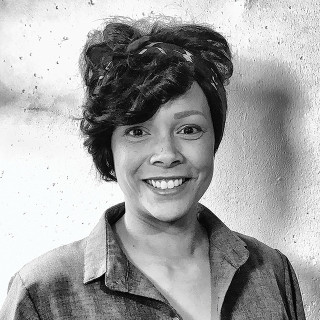 Sheena Green
Sheena Green
Sheena Green is a perpetual student, prior manager at CrossRoads Shooting Sports, and certified firearms instructor. She has attended many shooting, edged weapons, and self-defense classes by well-respected instructors such as Steve Fisher, Steve Tarani, Ed Calderon, and others. She co-leads the Des Moines, Iowa, chapter of The Well Armed Woman. In addition to defensive training, she also enjoys competitive pistol and shotgun sports. p3atraining.com
More From Issue 30
Don’t miss essential survival insights—sign up for Recoil Offgrid’s free newsletter today!
Read articles from the next issue of Recoil Offgrid: Issue 31
Read articles from the previous issue of Recoil Offgrid: Issue 29
Check out our other publications on the web: Recoil | Gun Digest | Blade | RecoilTV | RECOILtv (YouTube)
Editor’s Note: This article has been modified from its original version for the web.


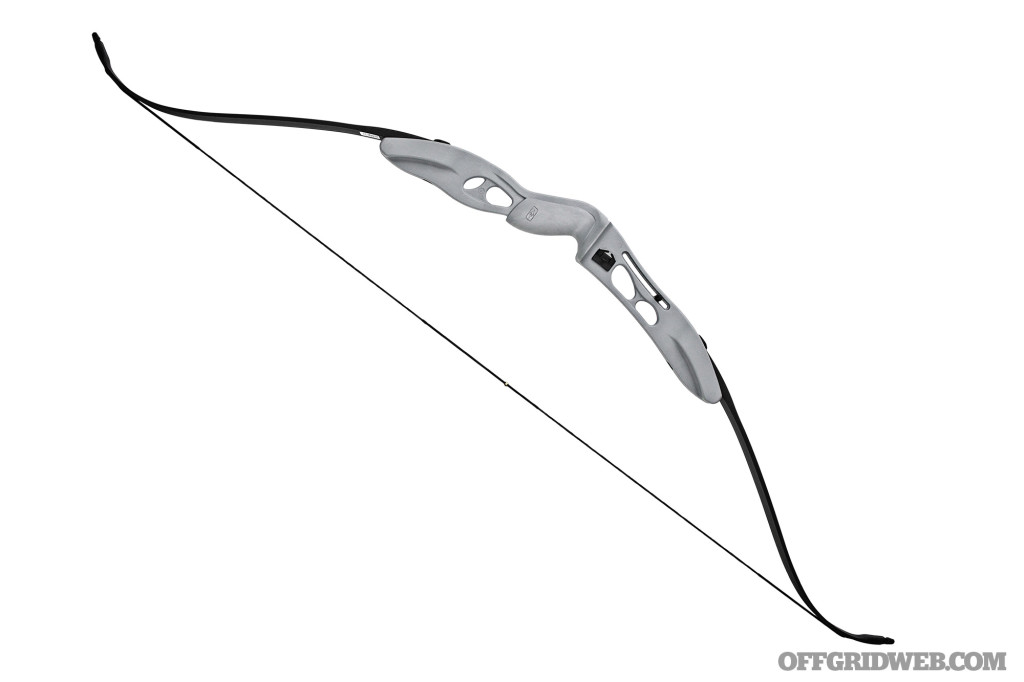
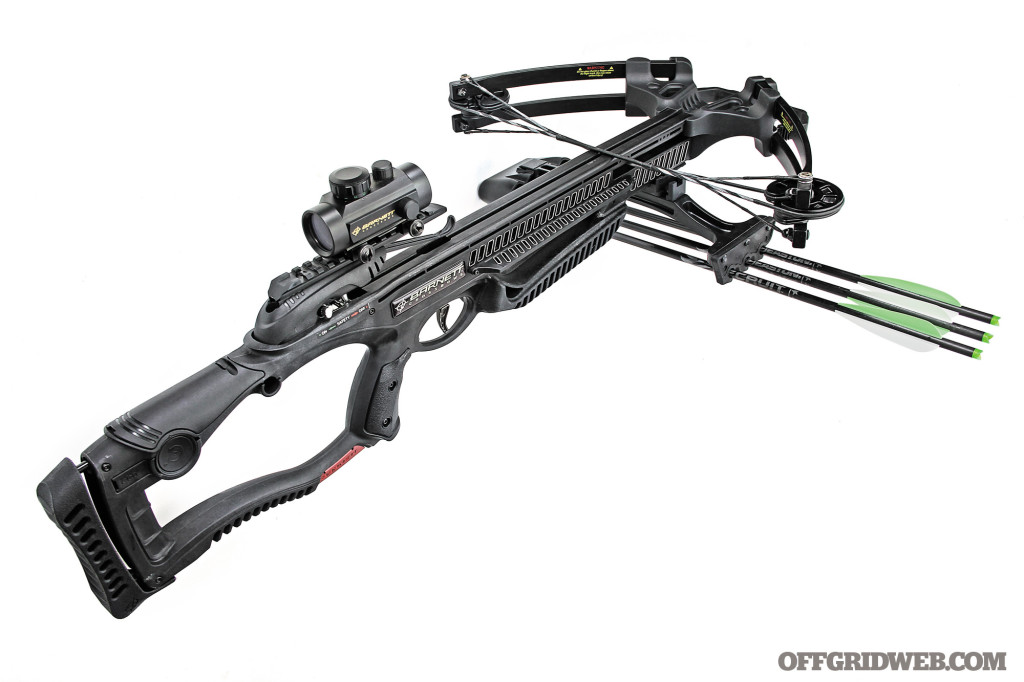
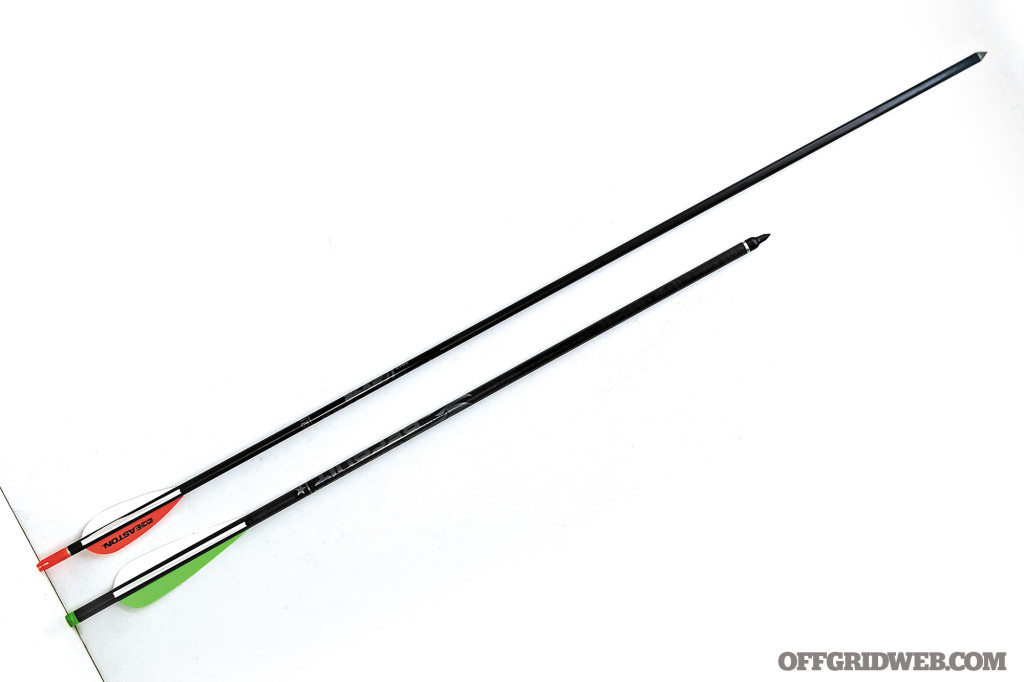
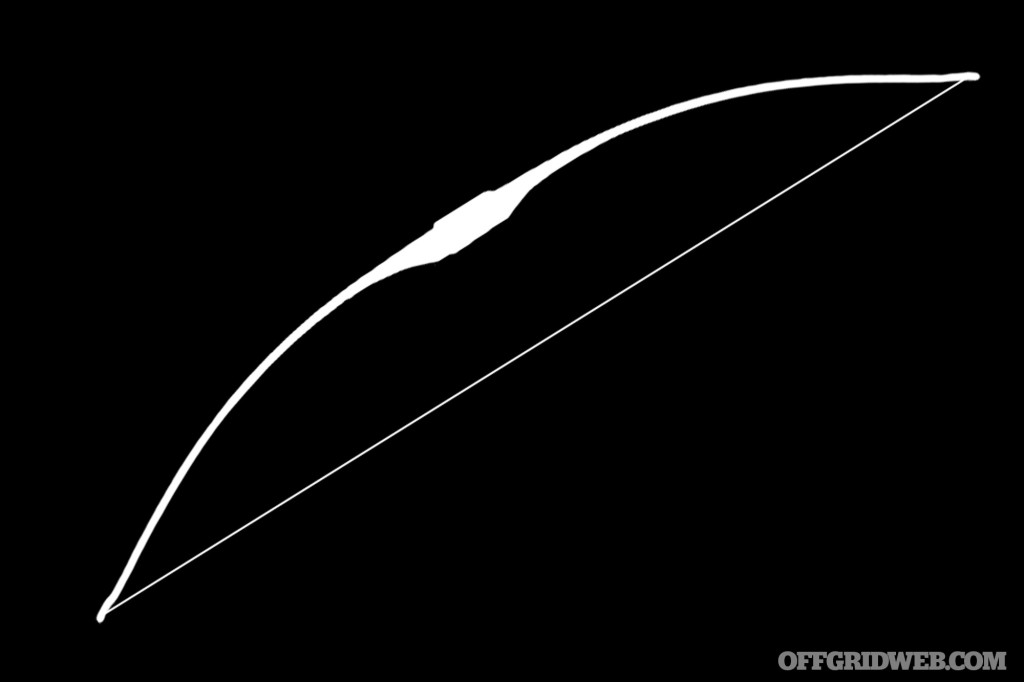






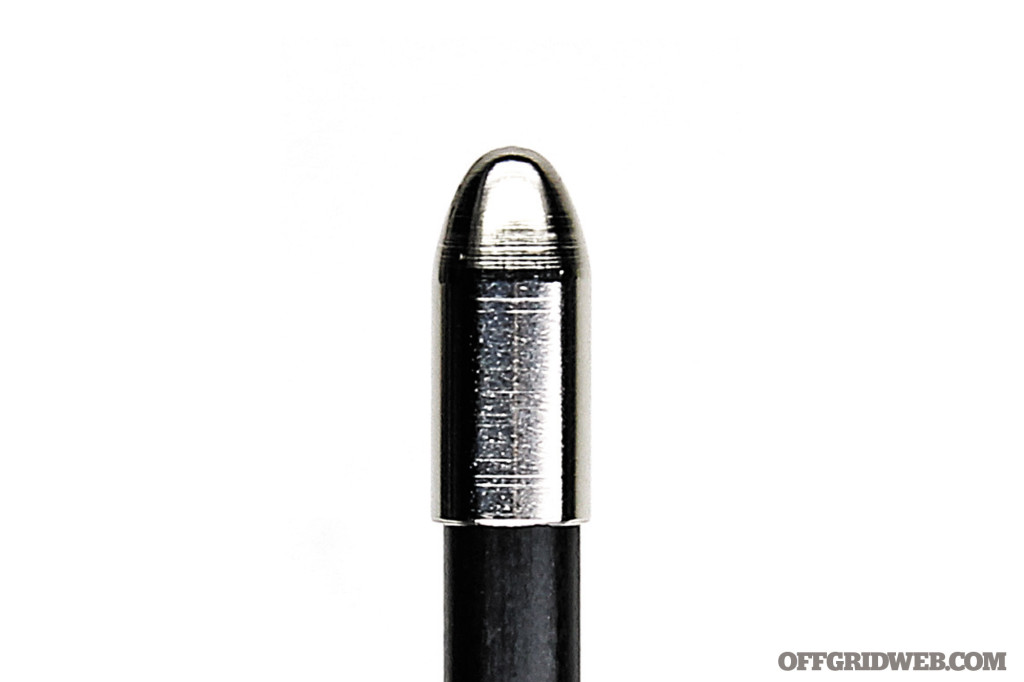

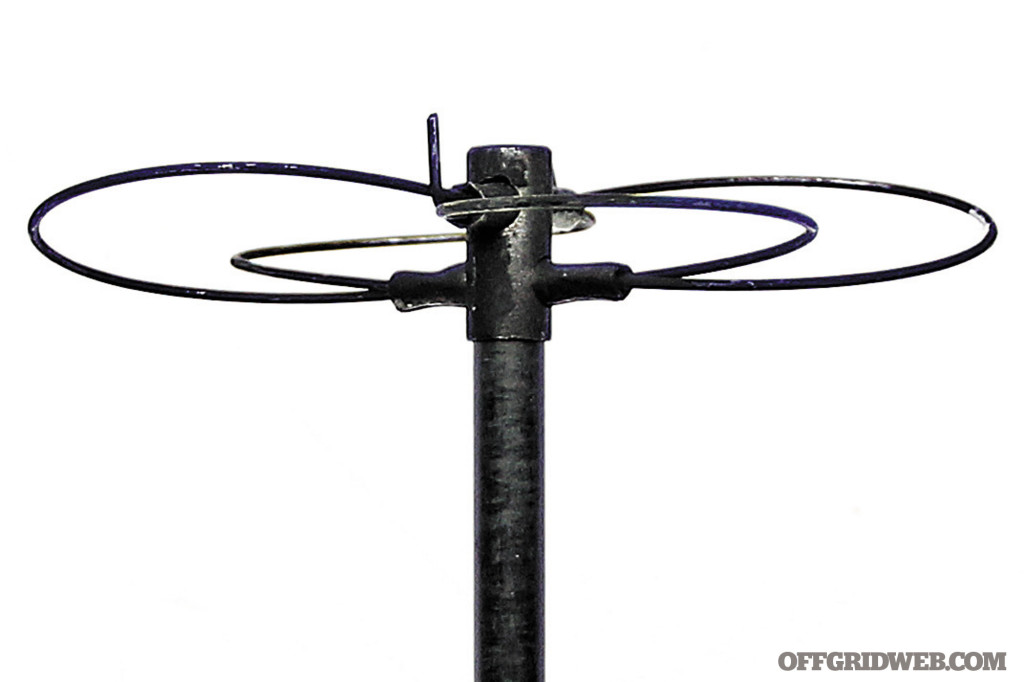
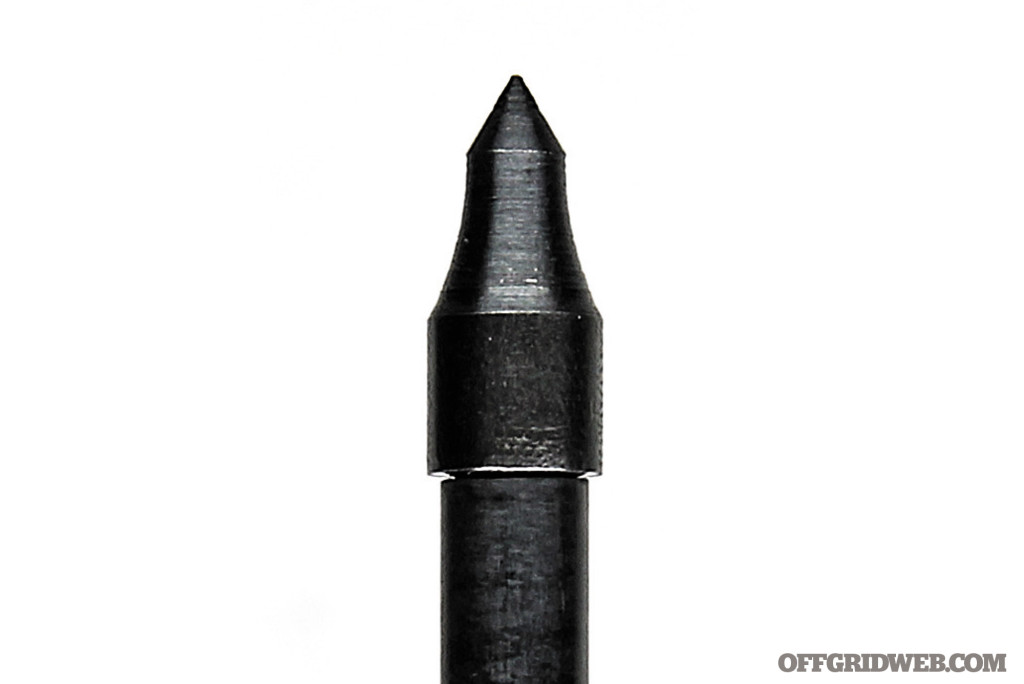
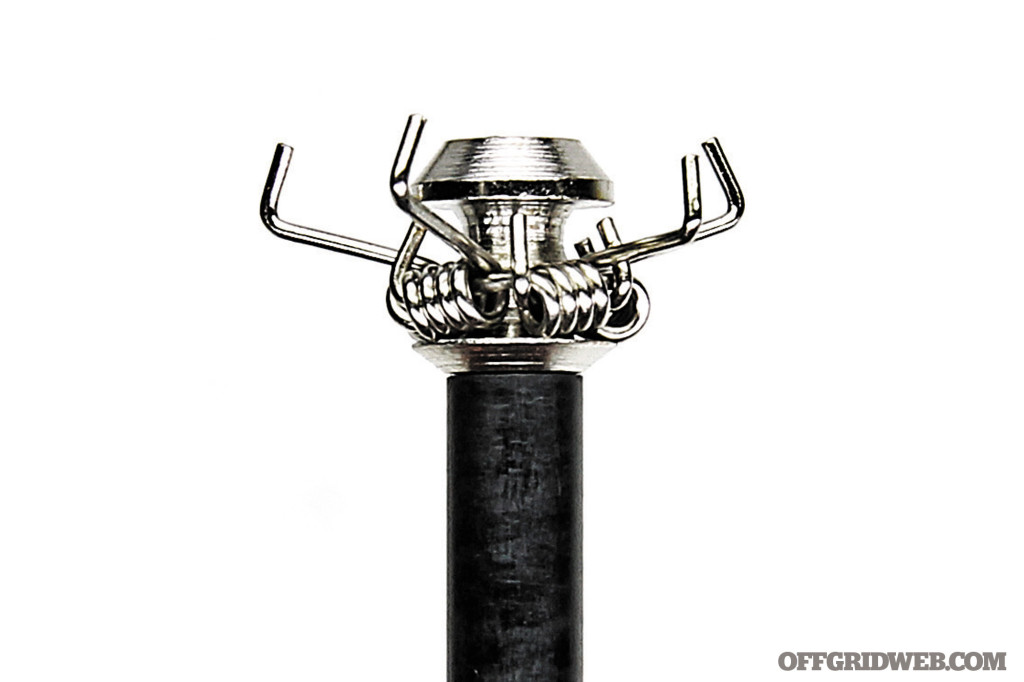
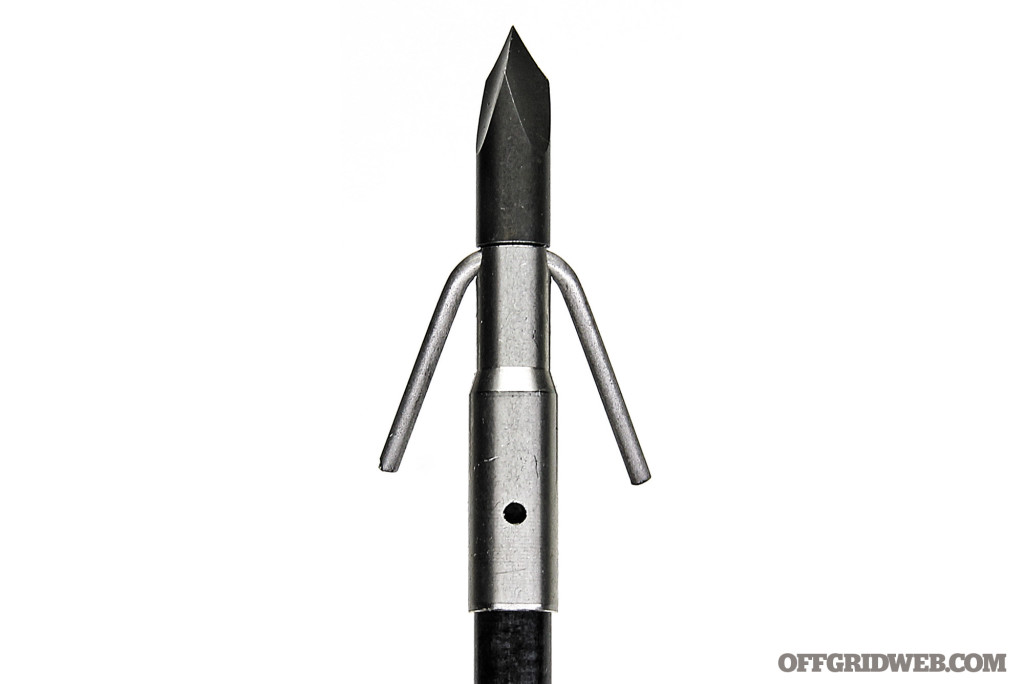
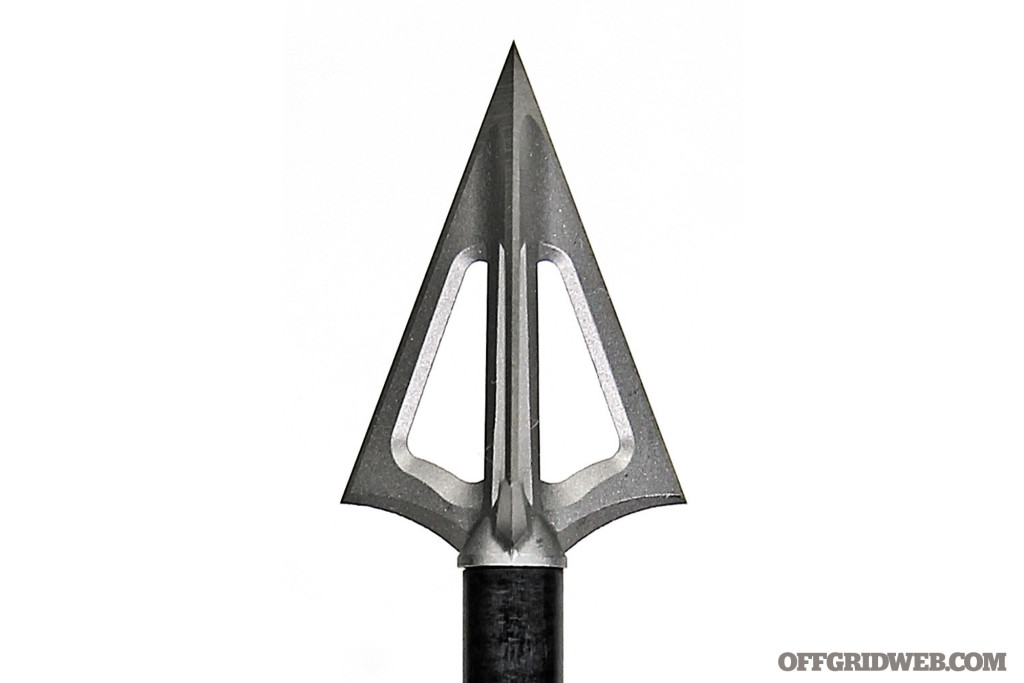
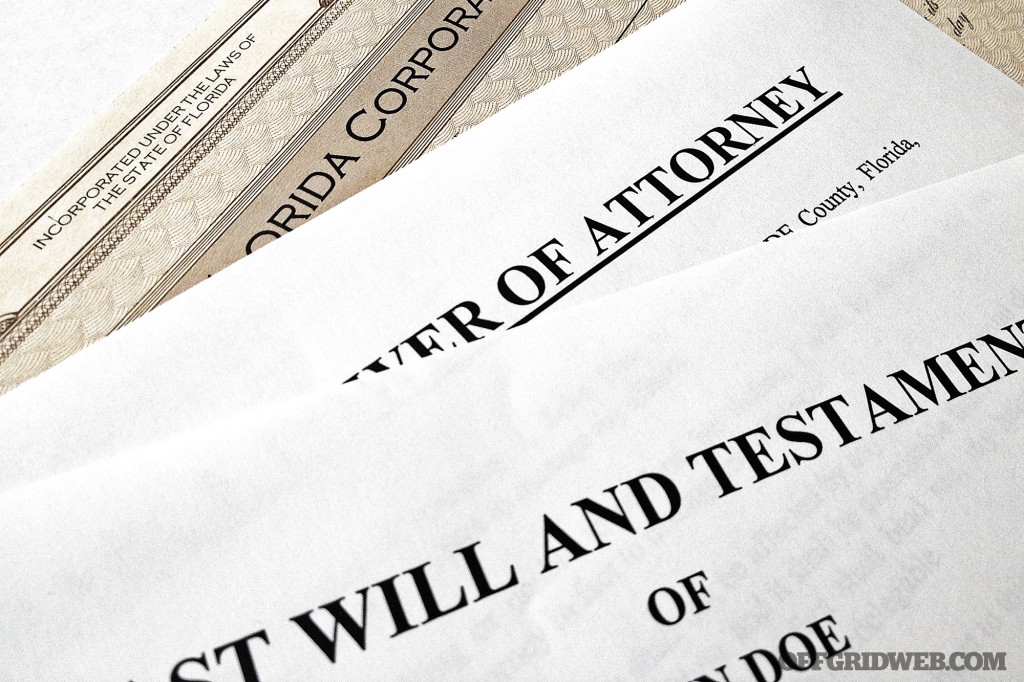
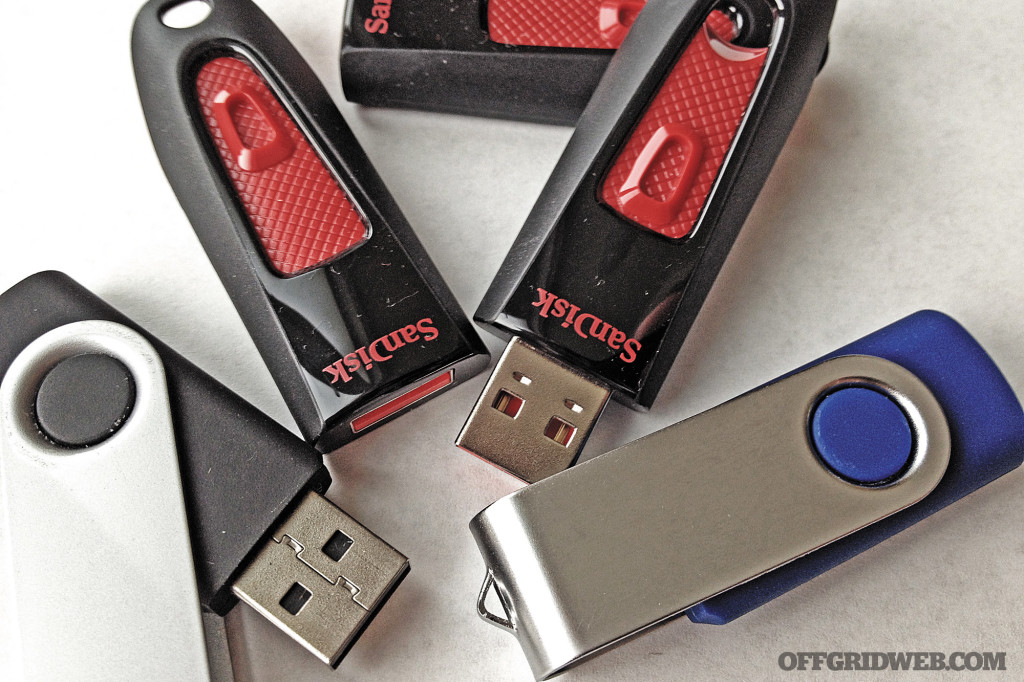

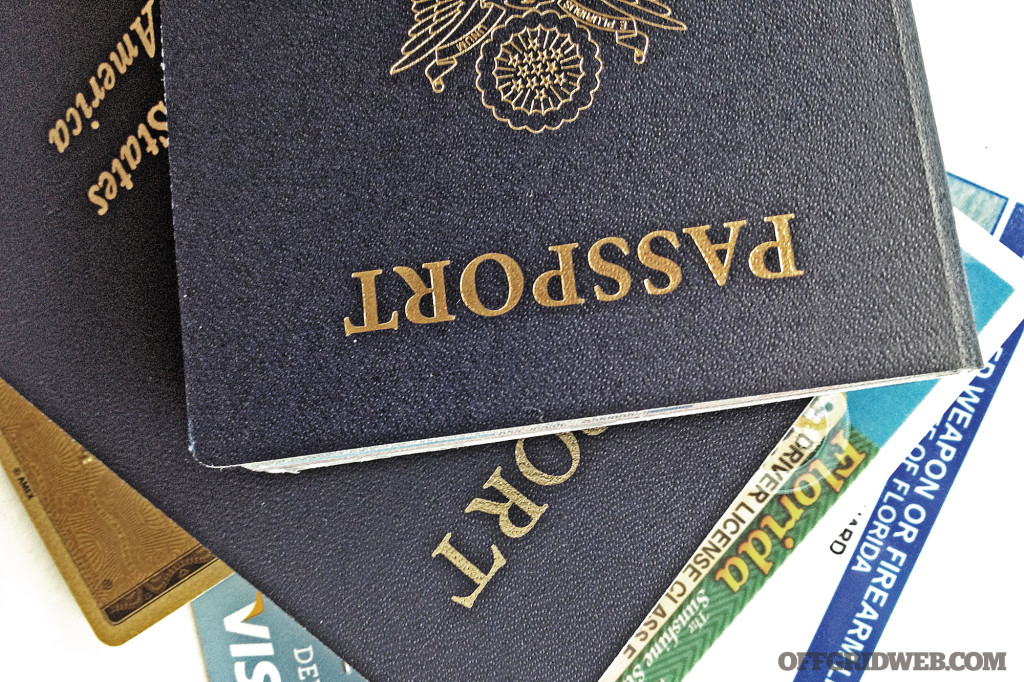
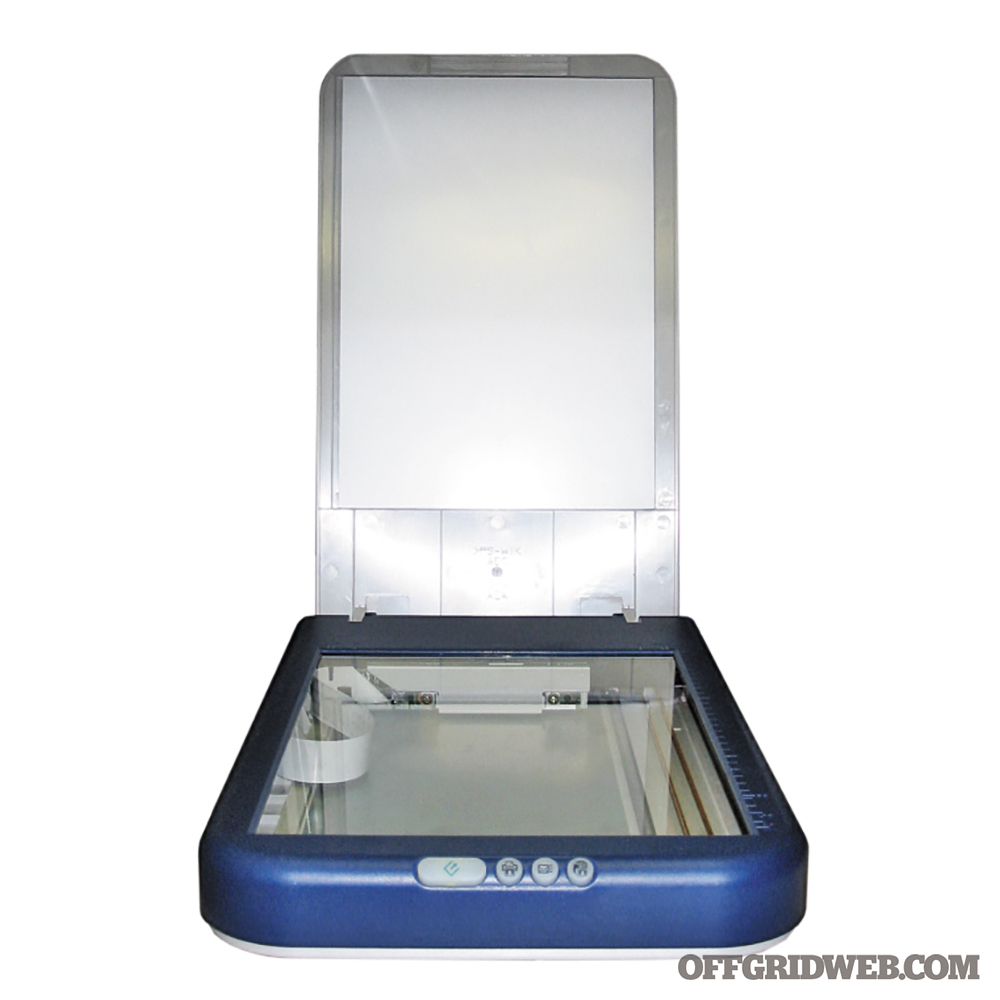
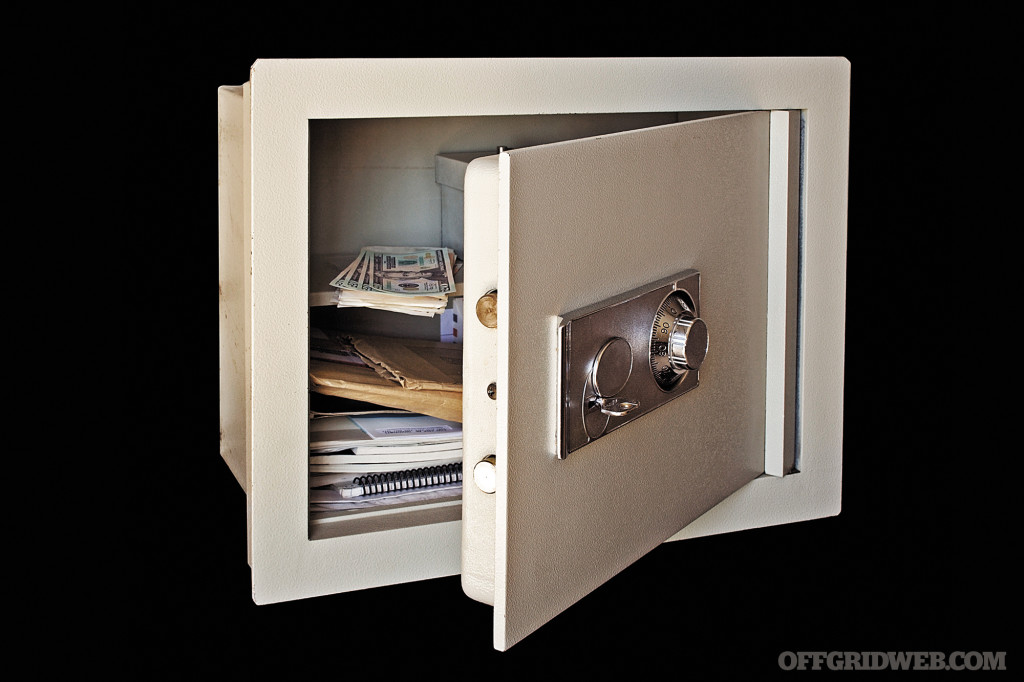
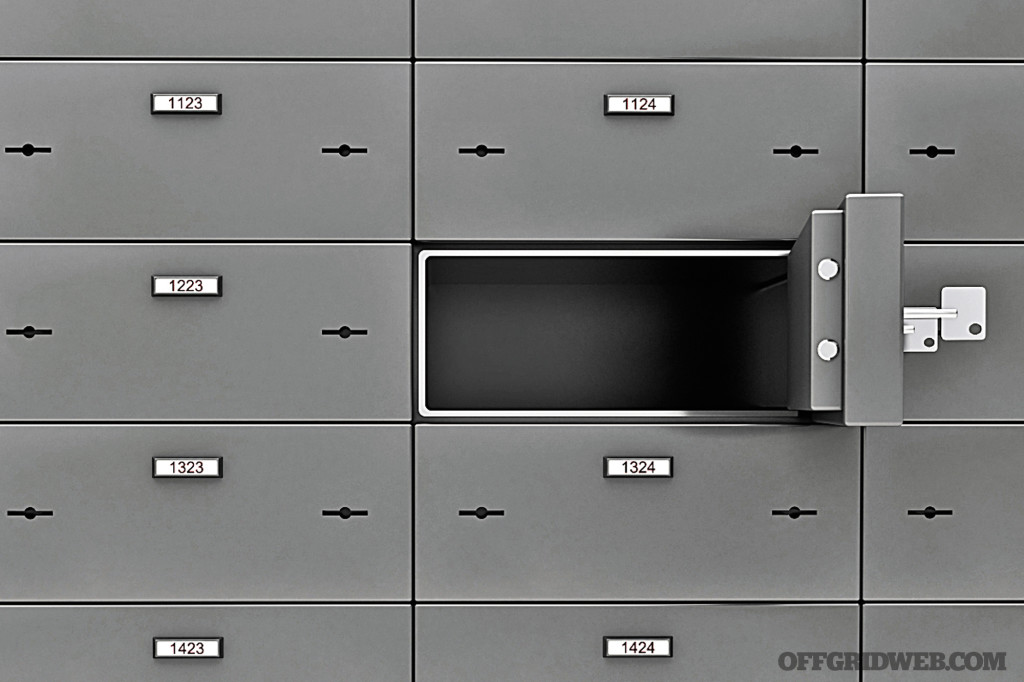
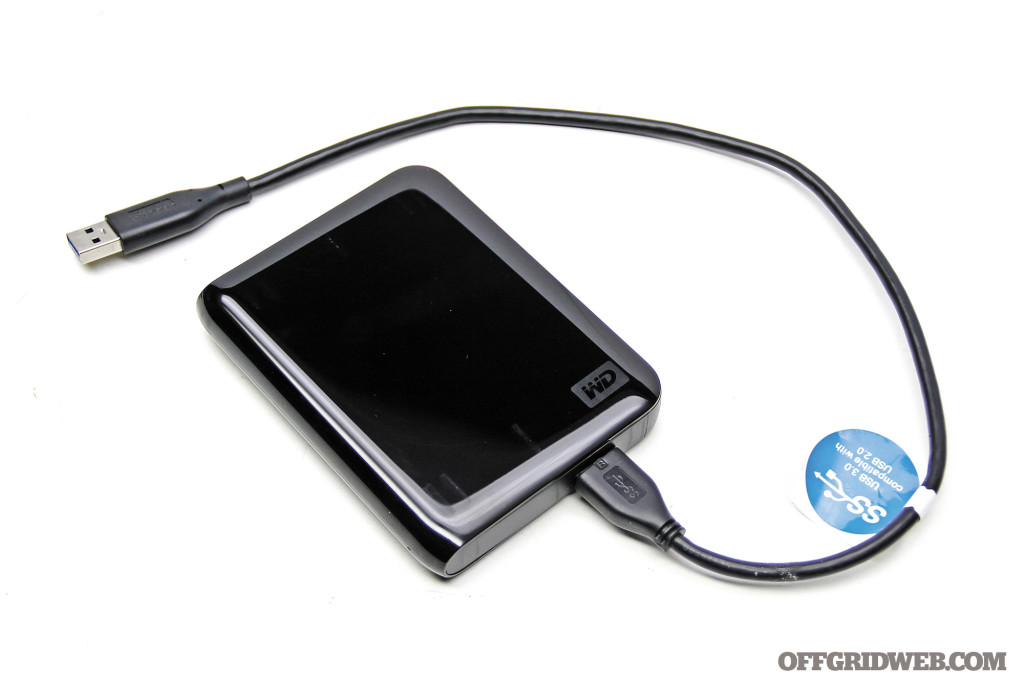


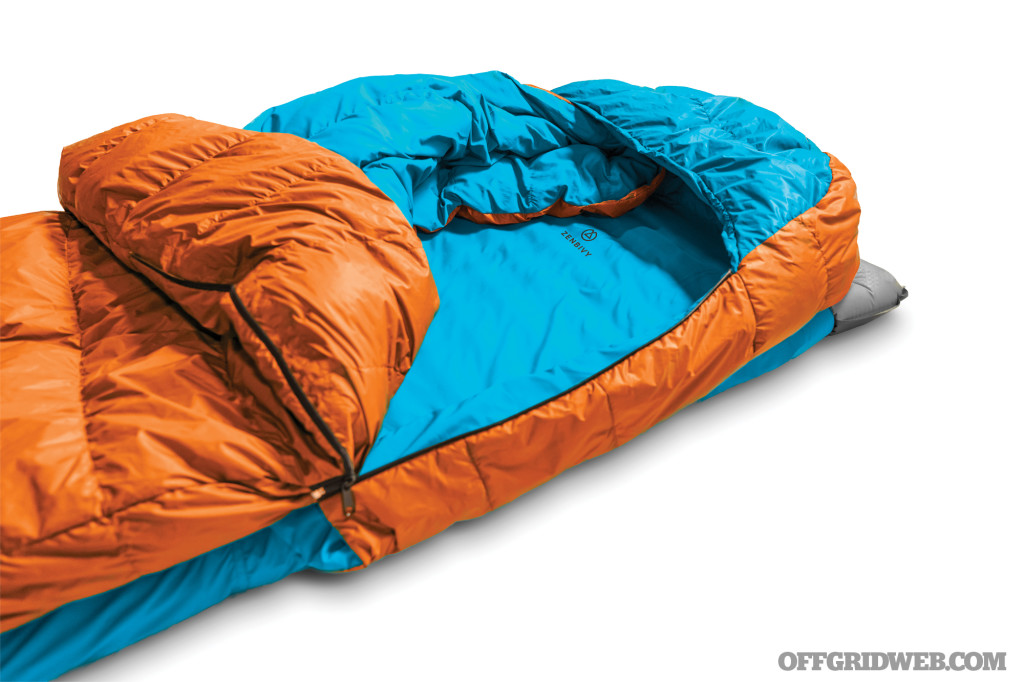
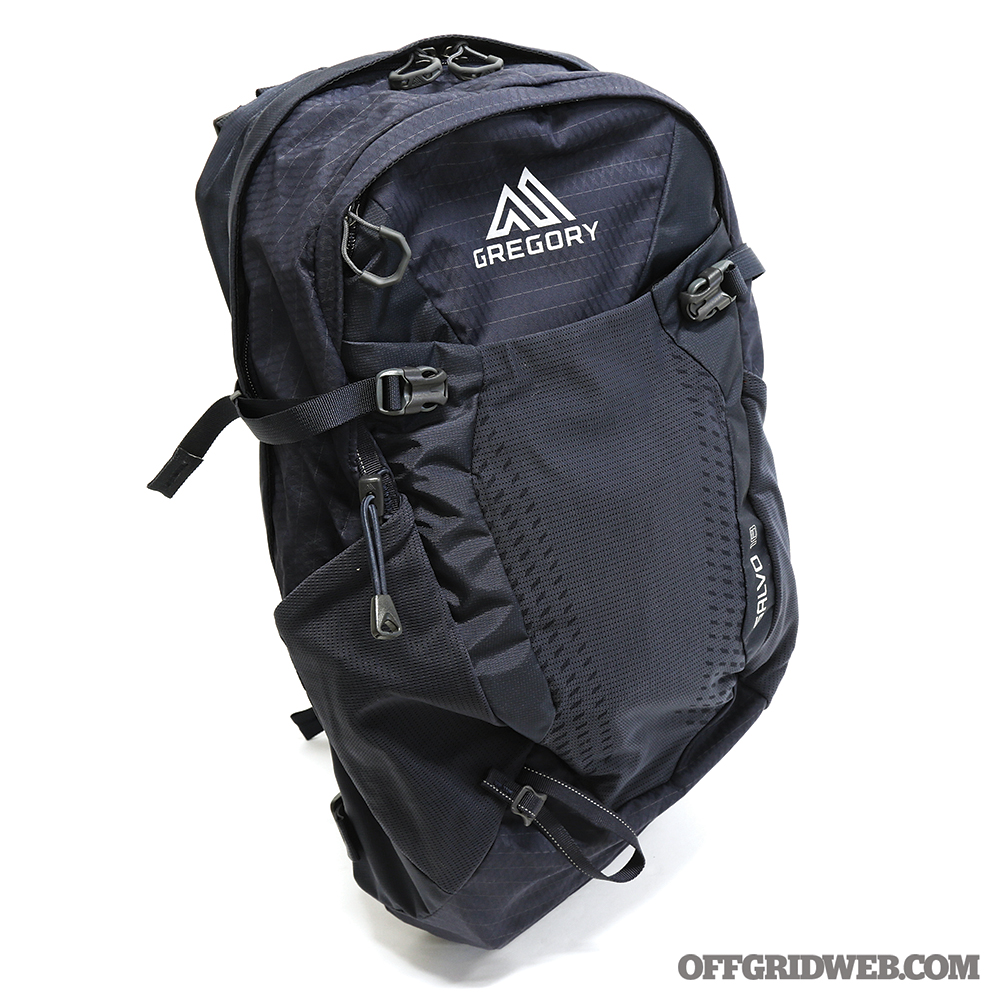
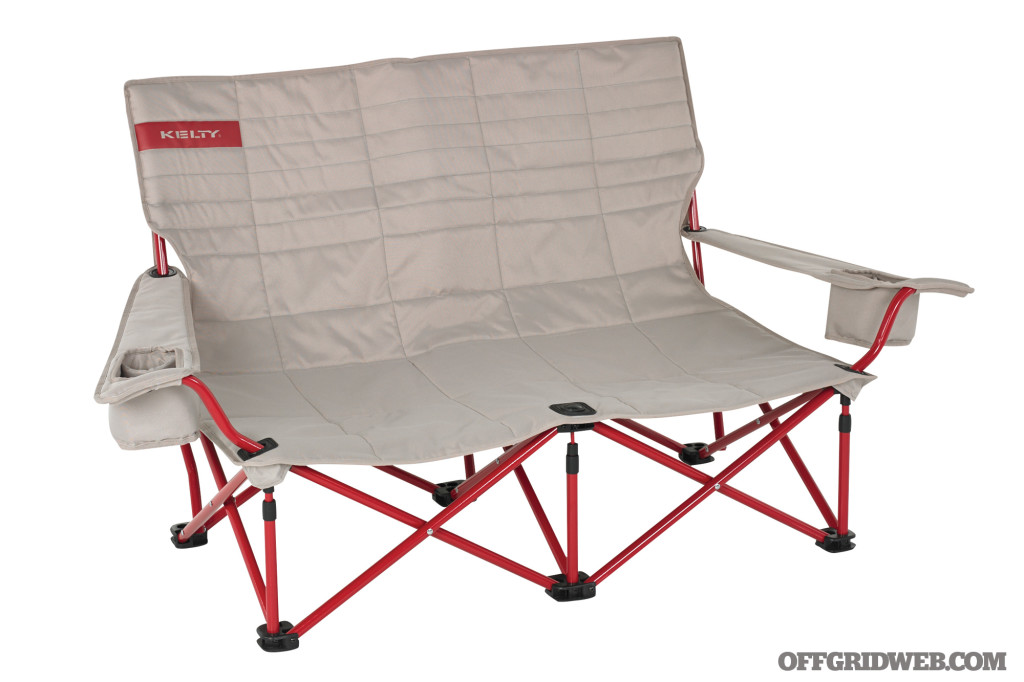

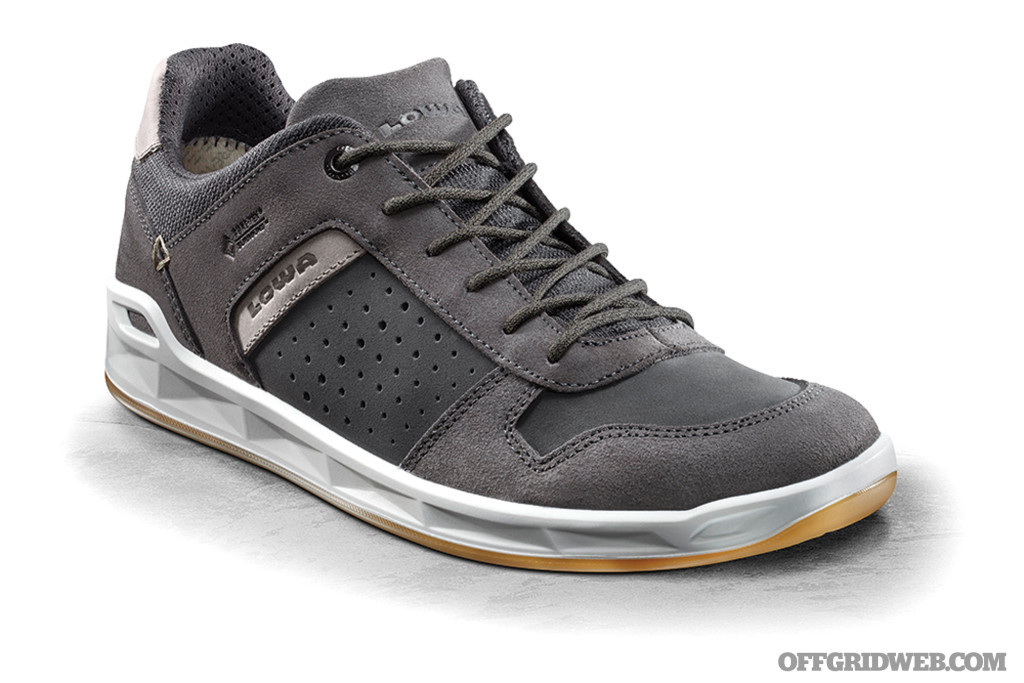
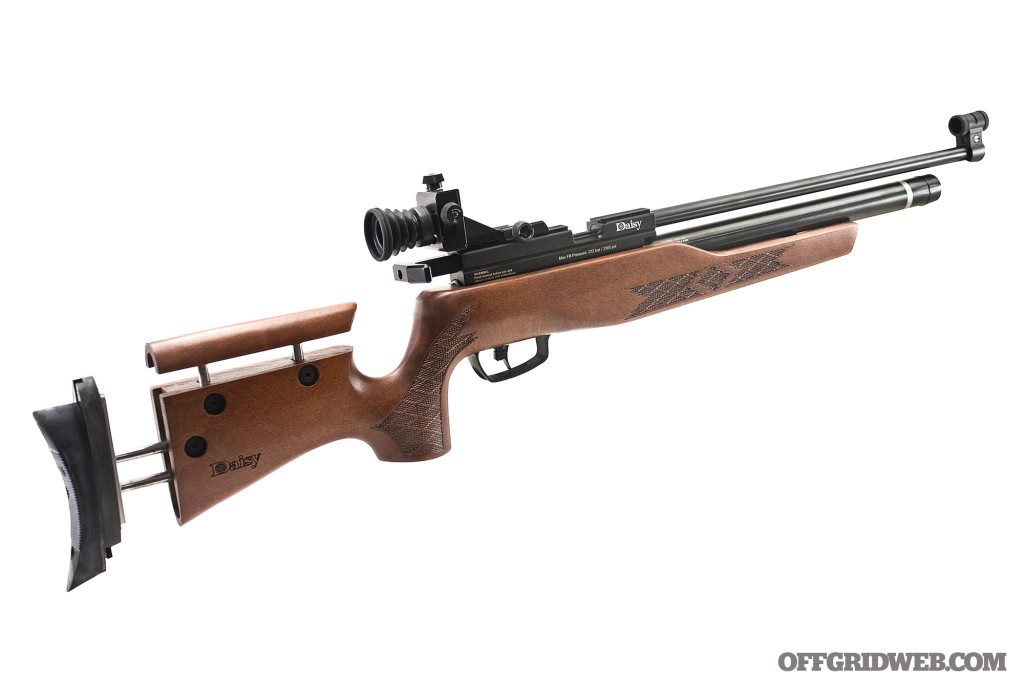

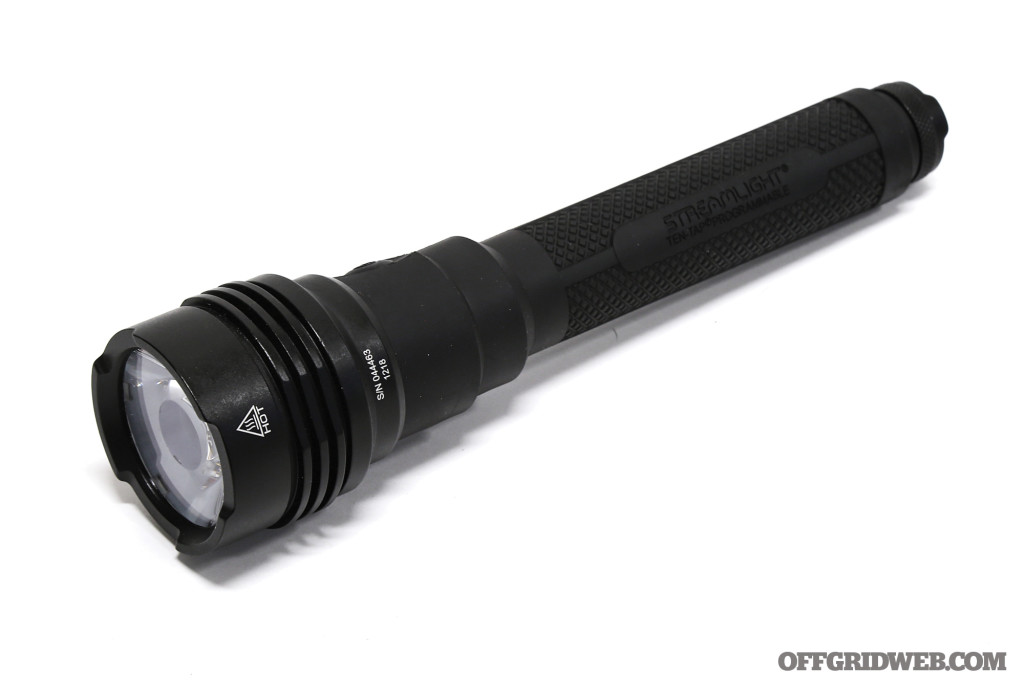

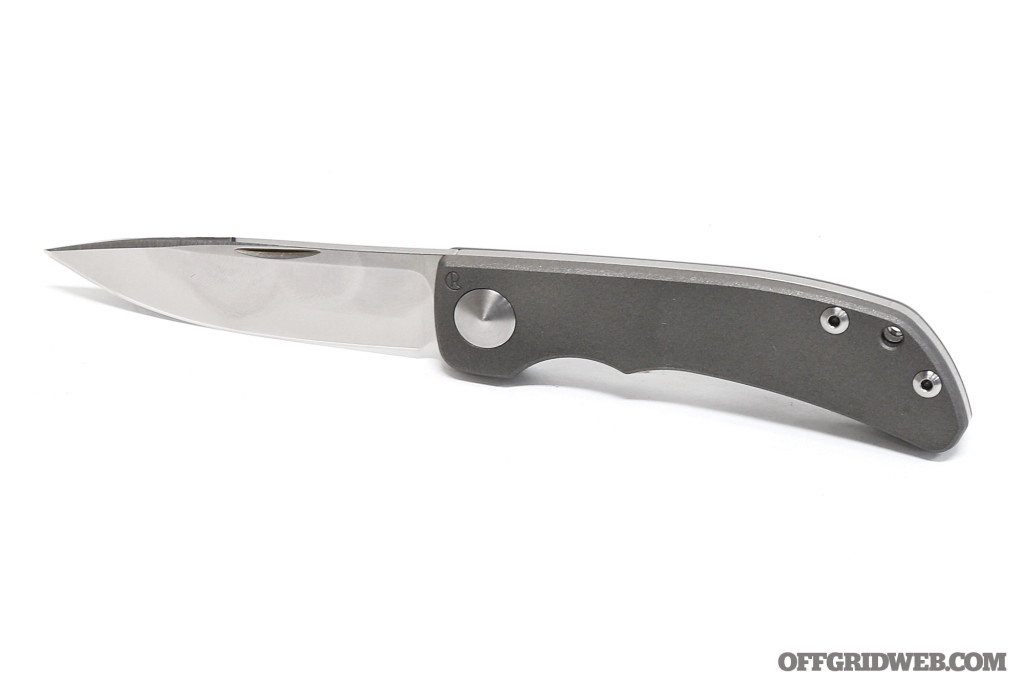
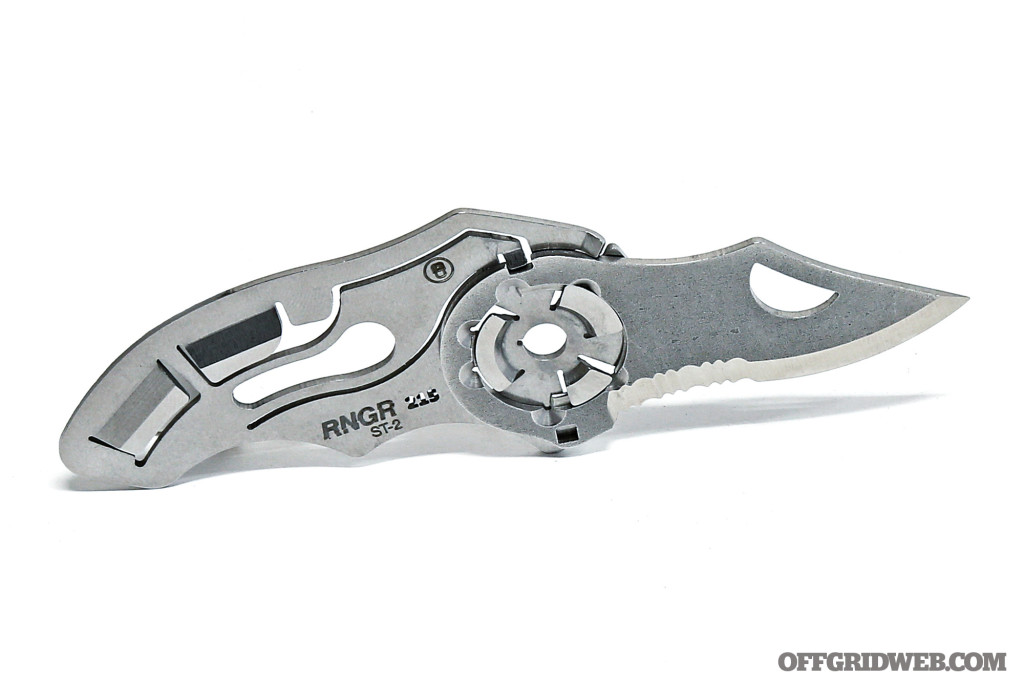
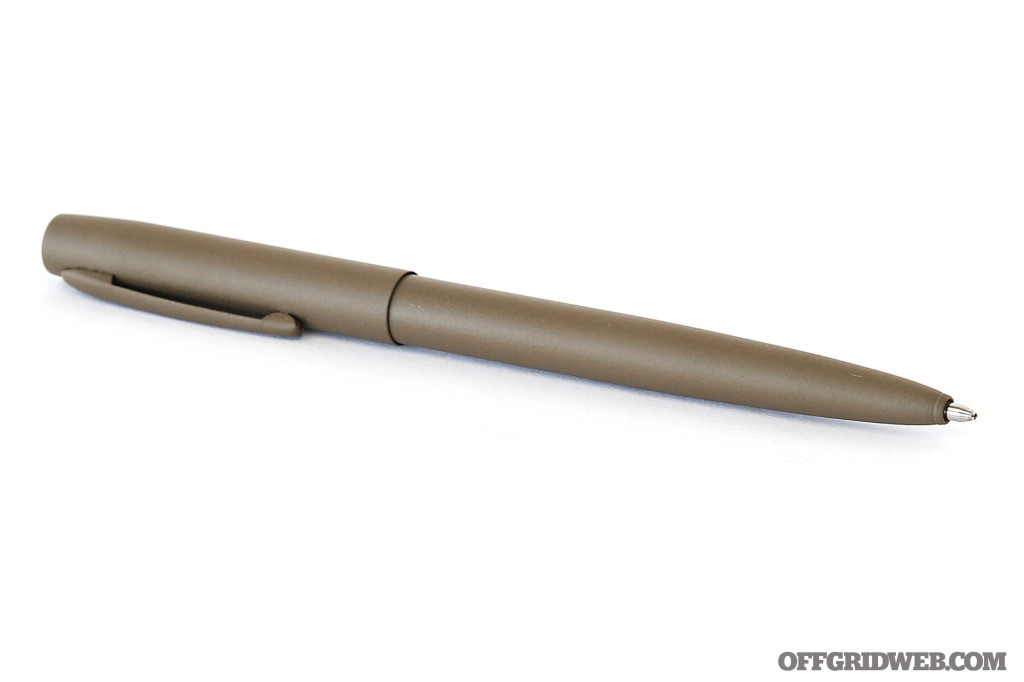
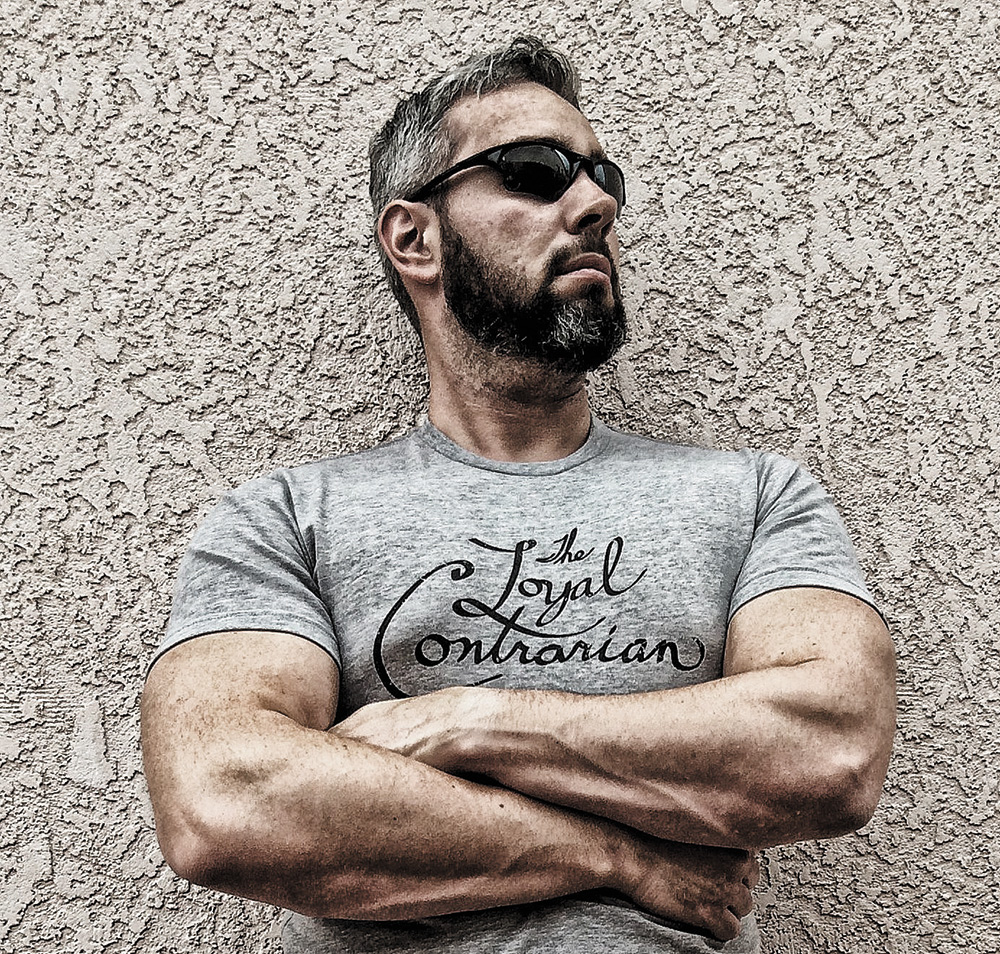
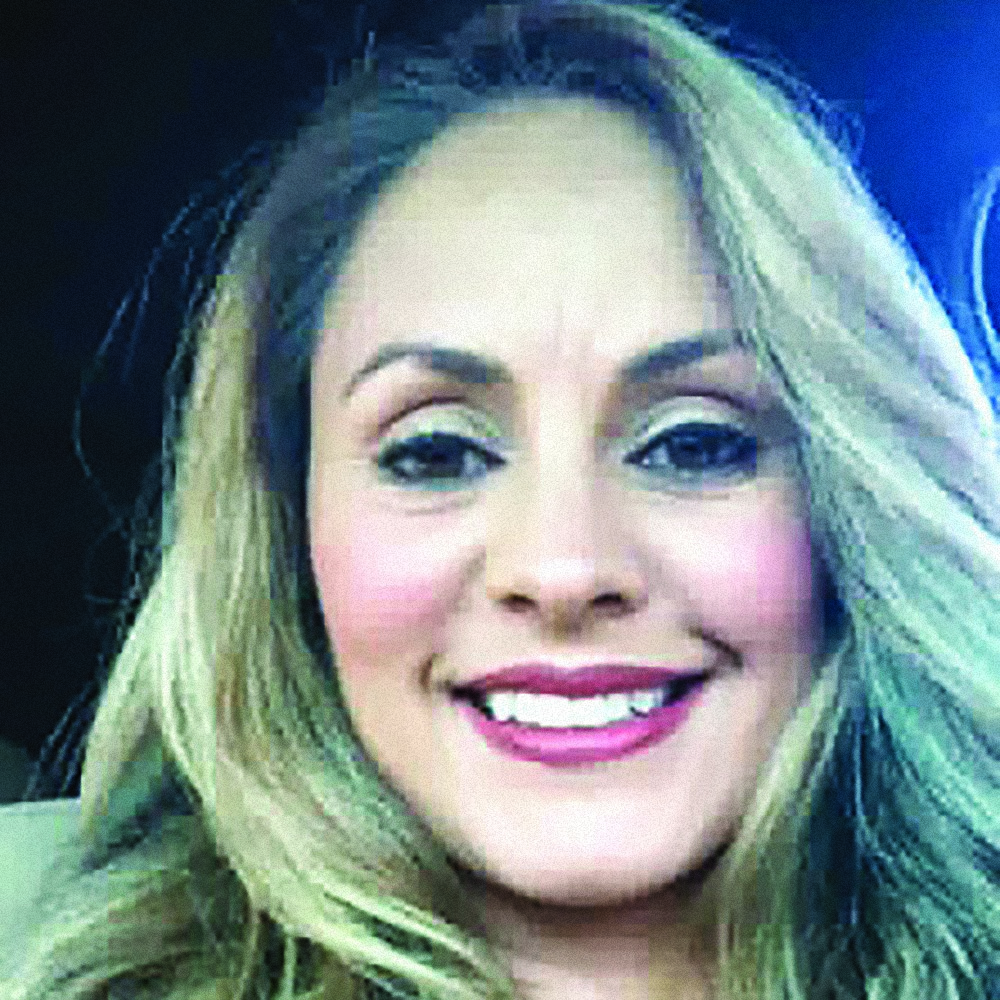
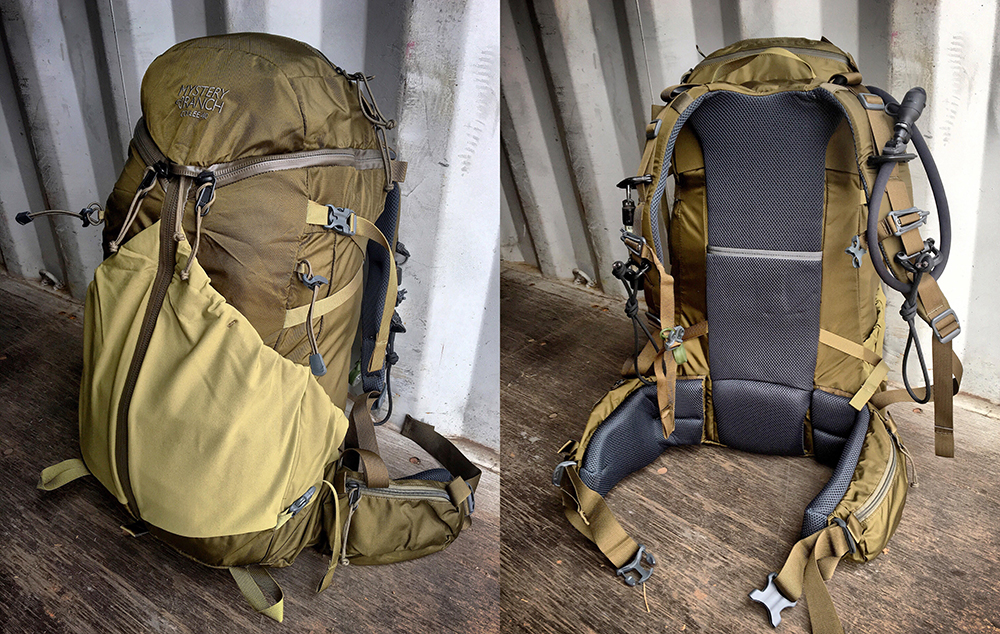


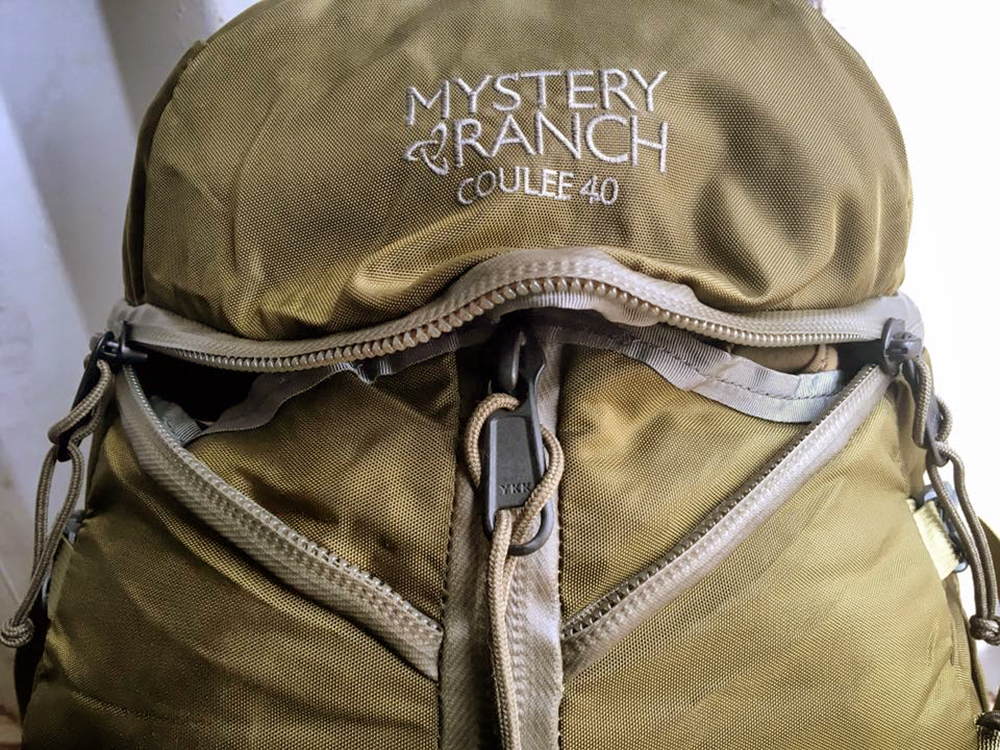
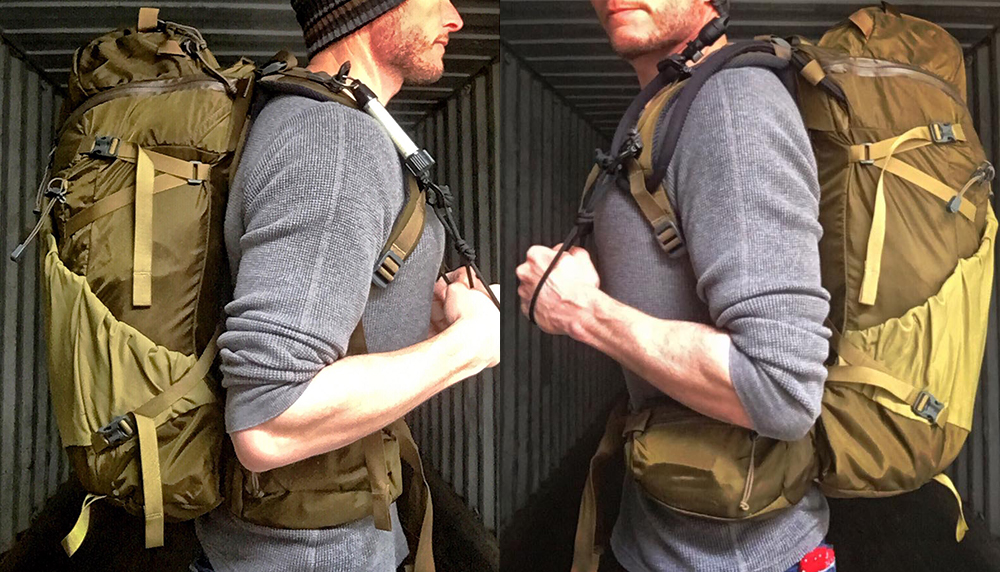

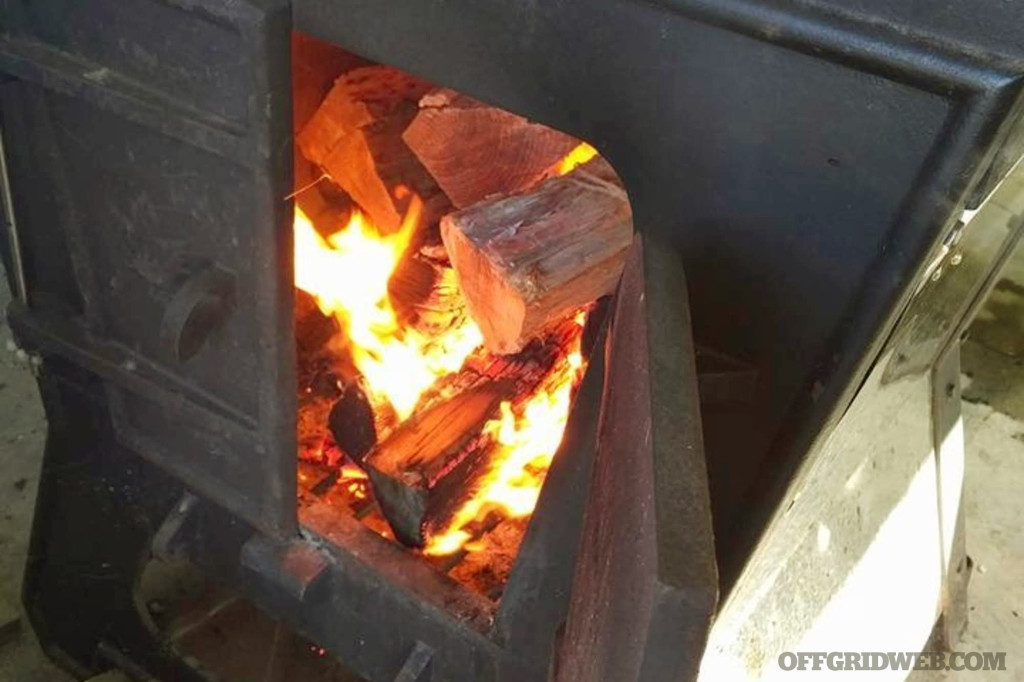
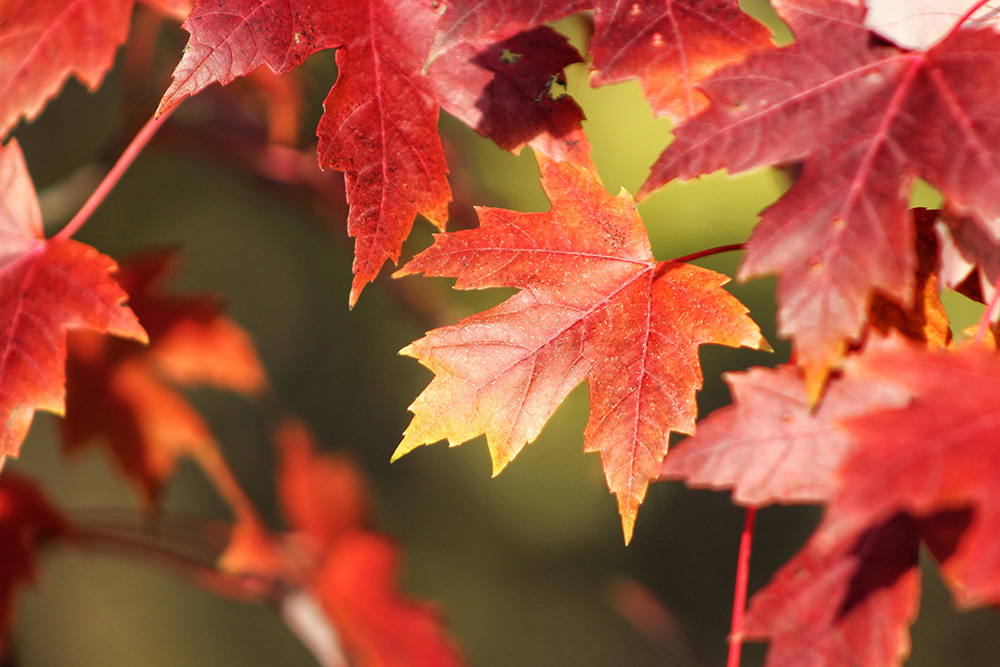

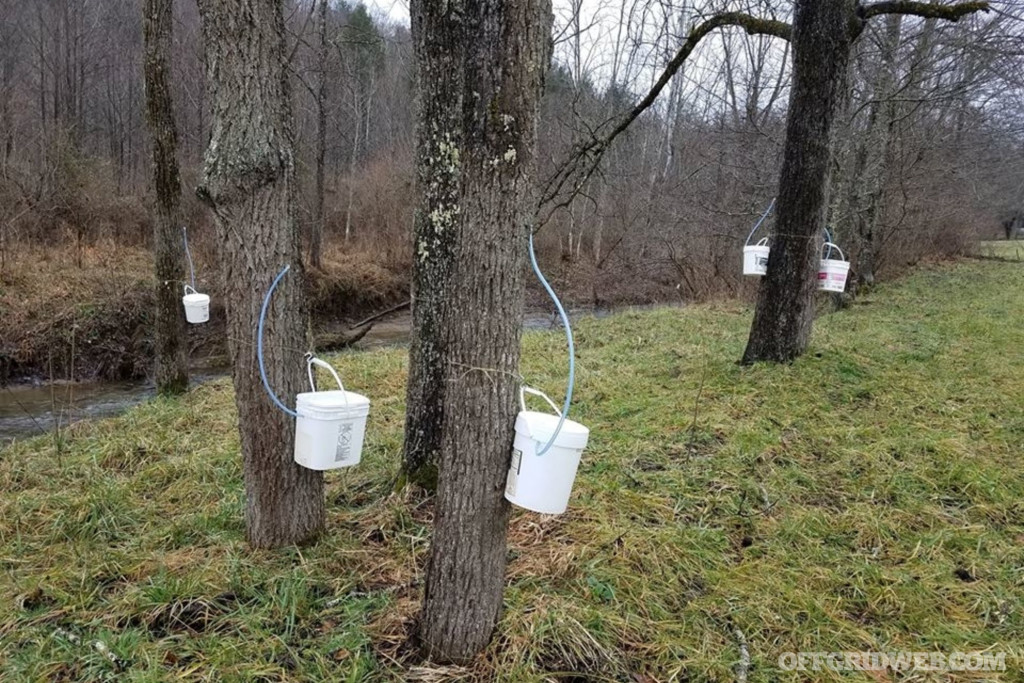
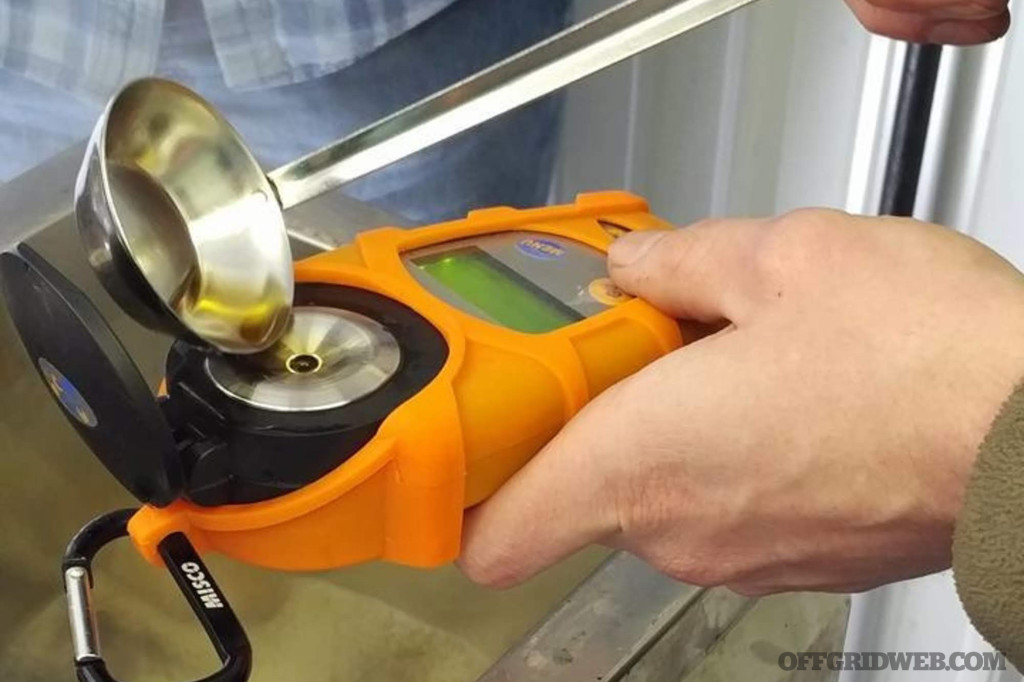



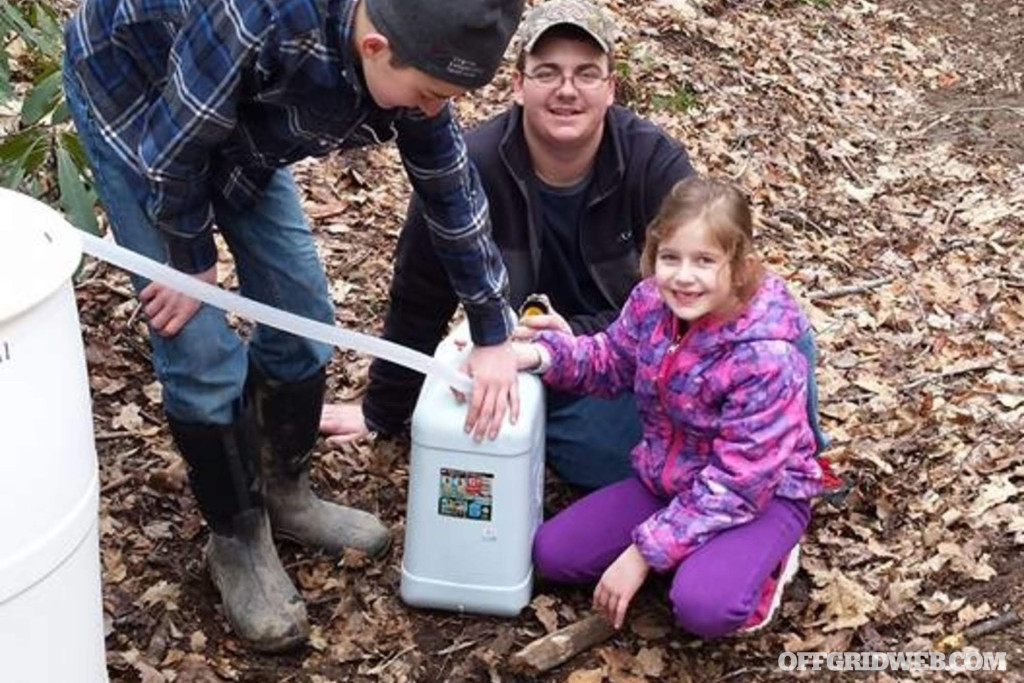



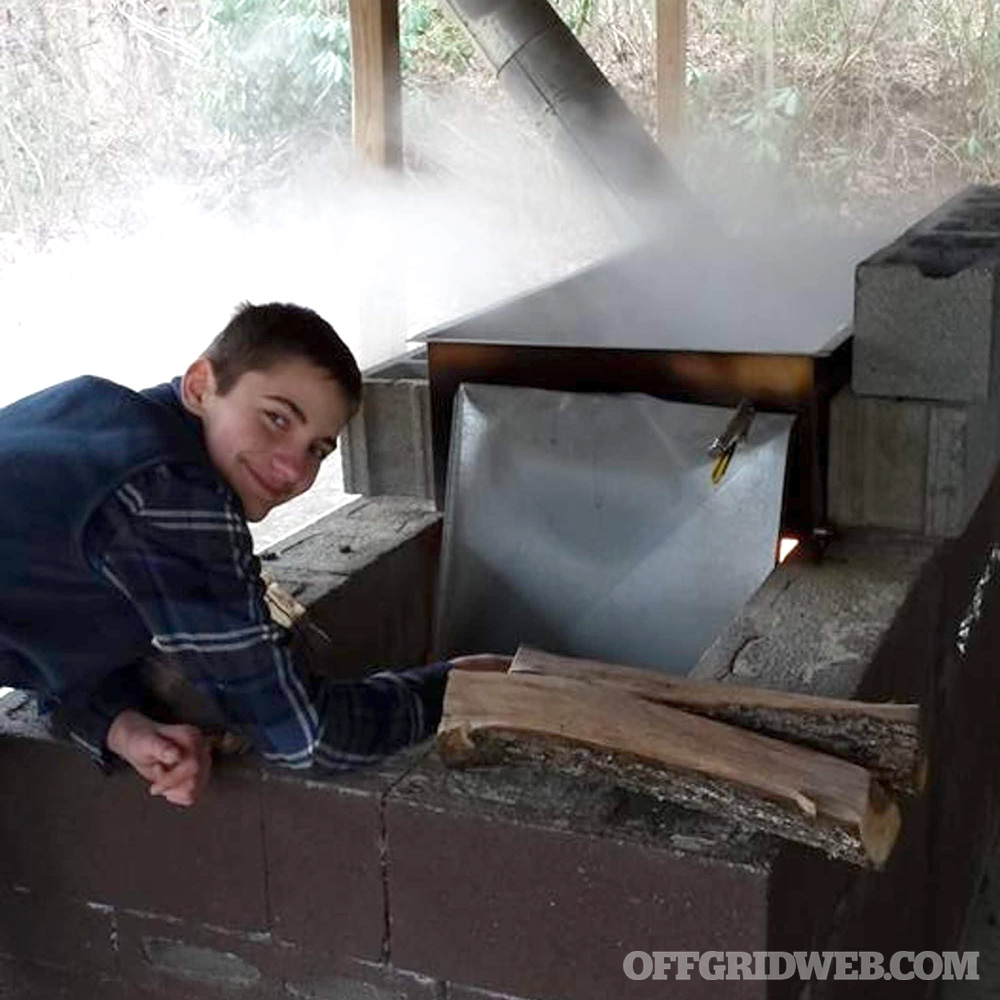
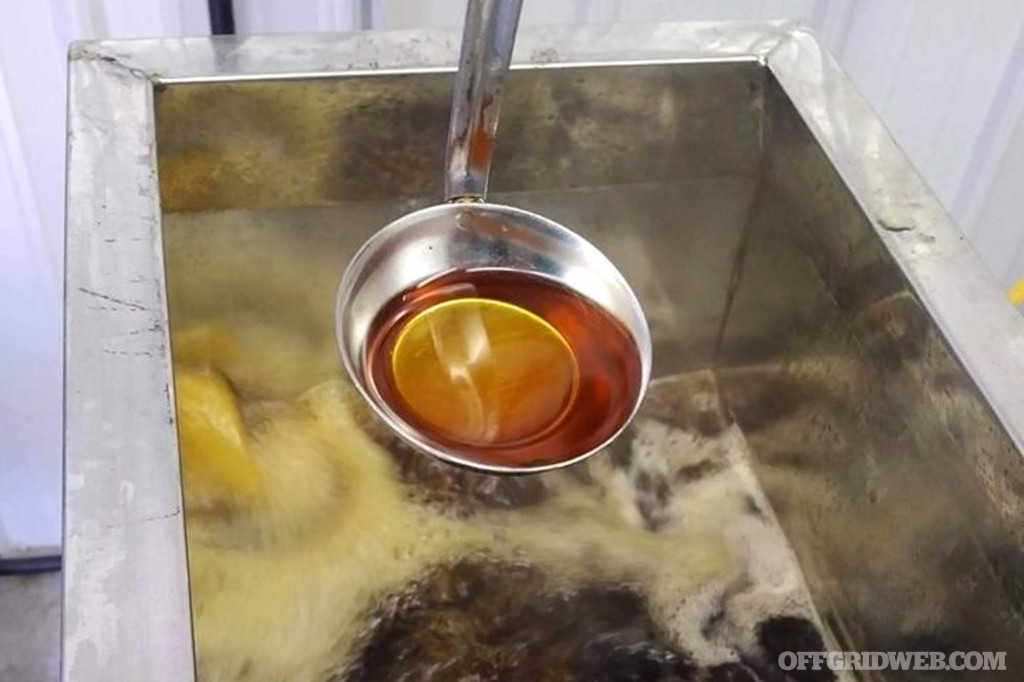
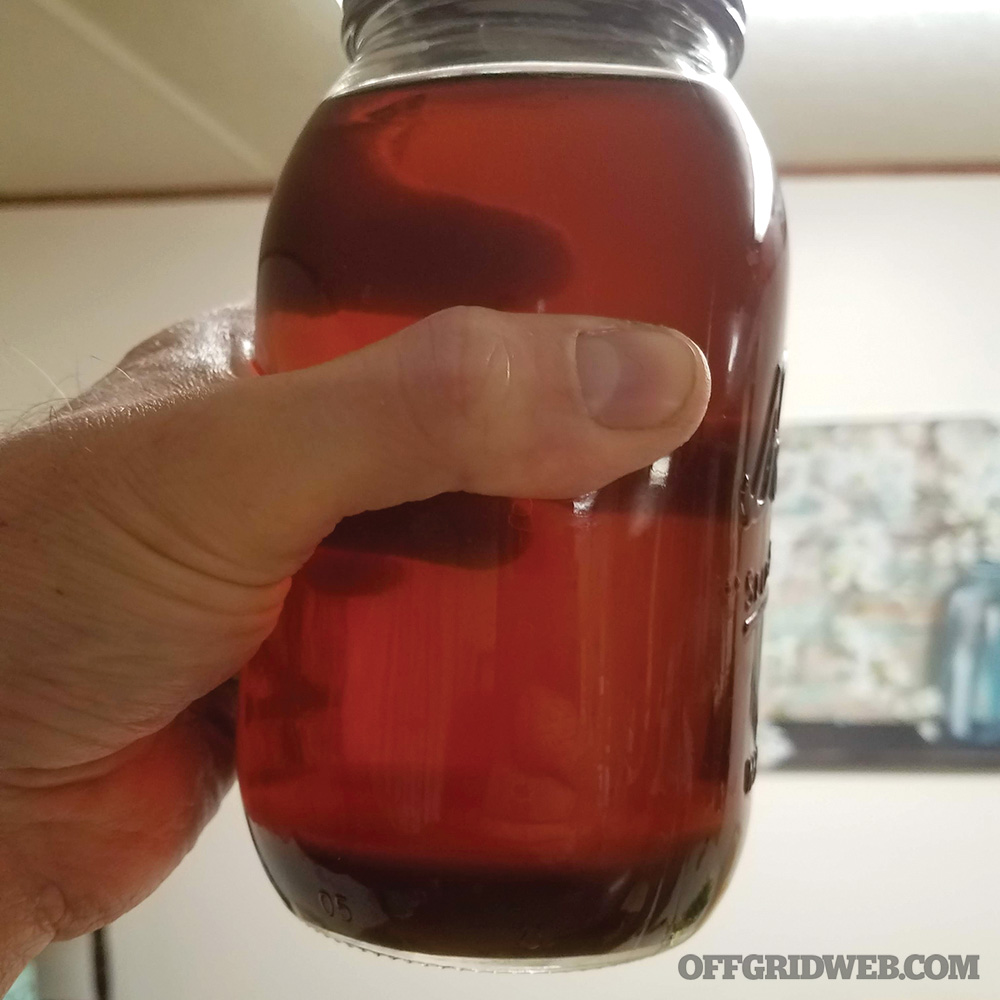

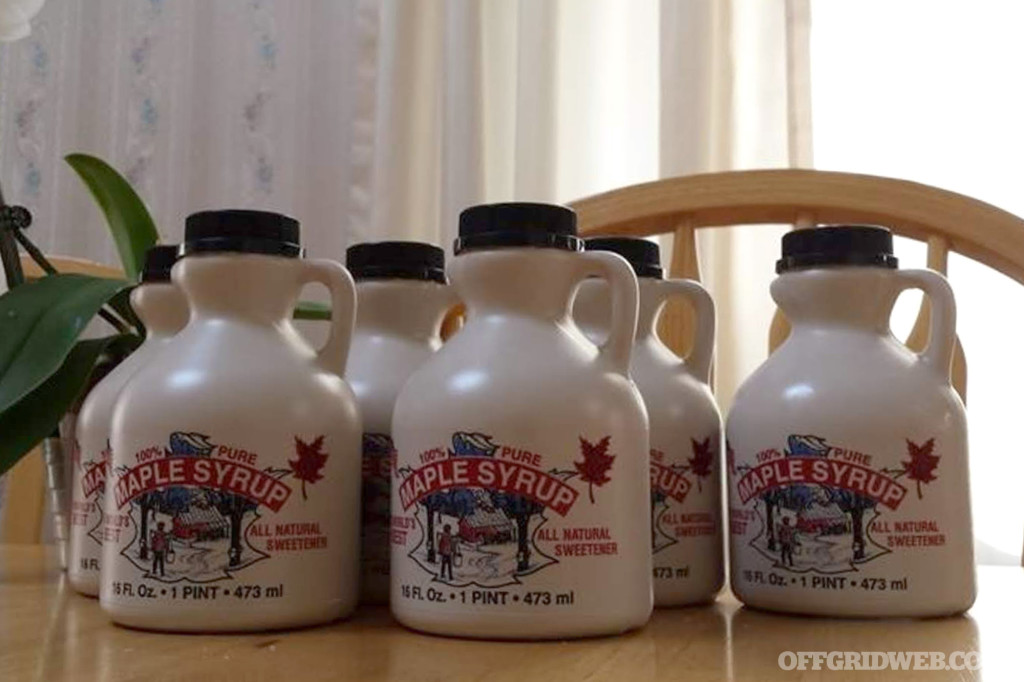




 Morgan “Rogue”
Morgan “Rogue” Sheena Green
Sheena Green